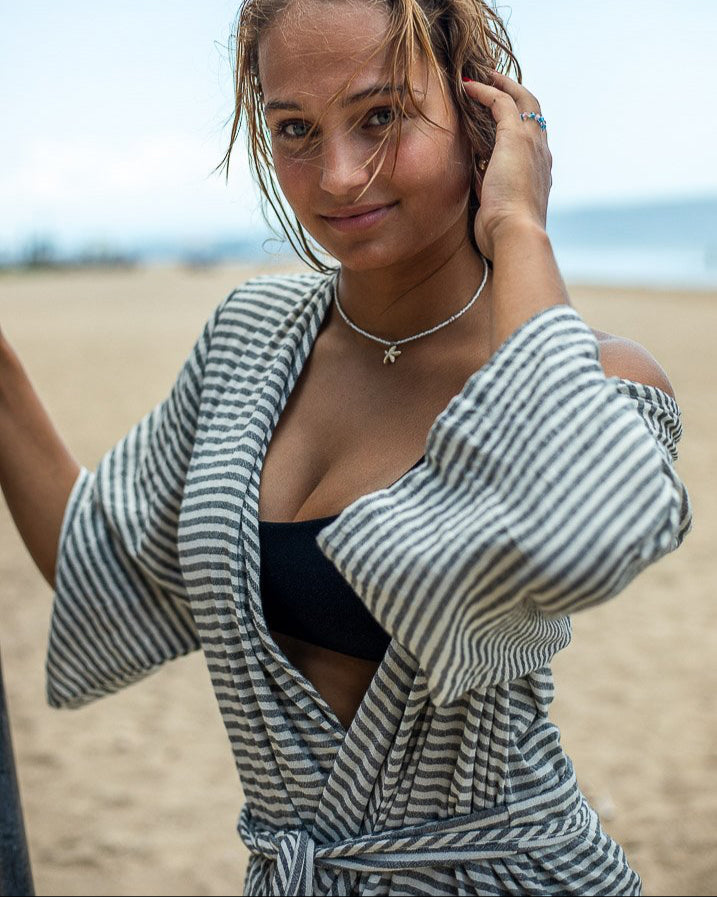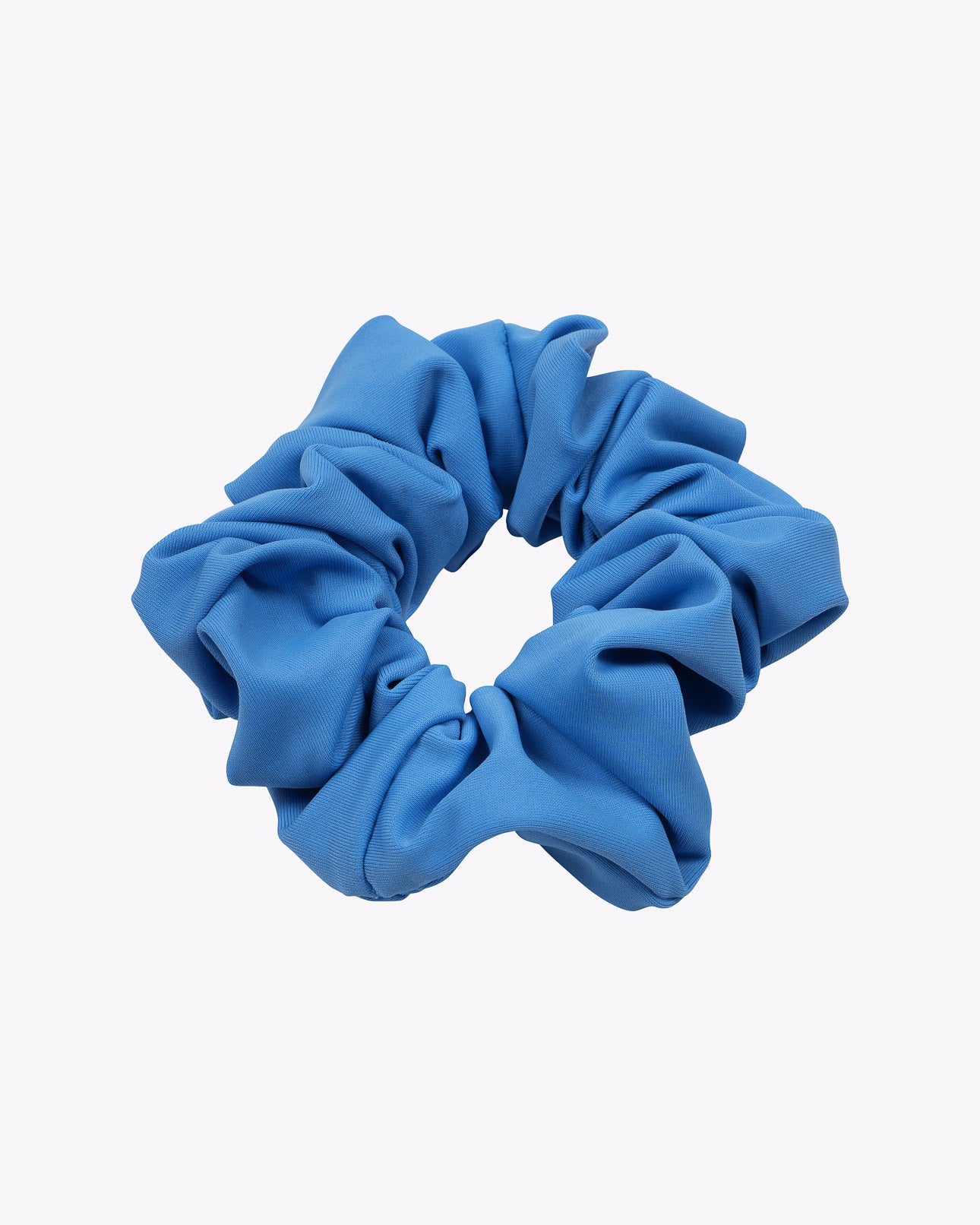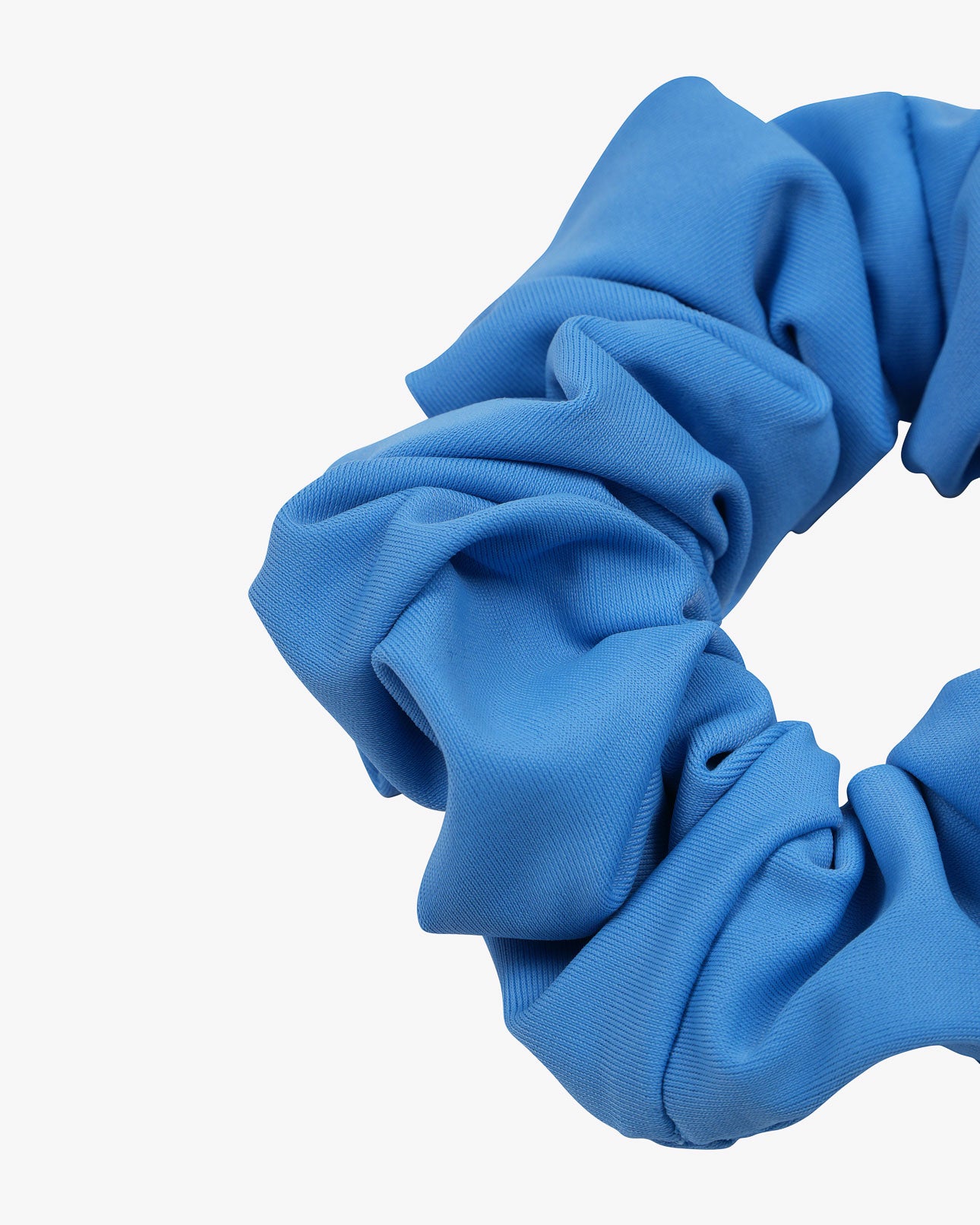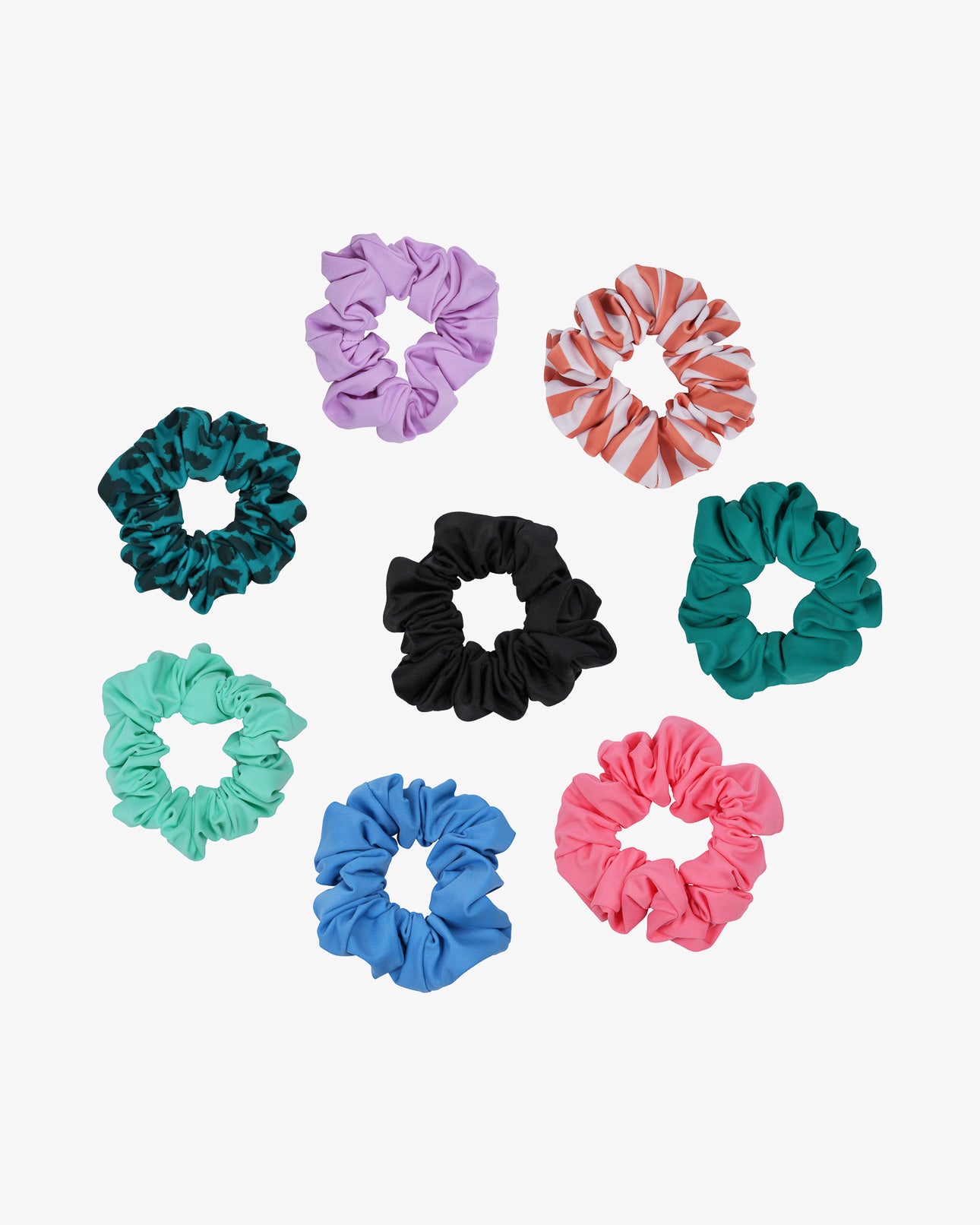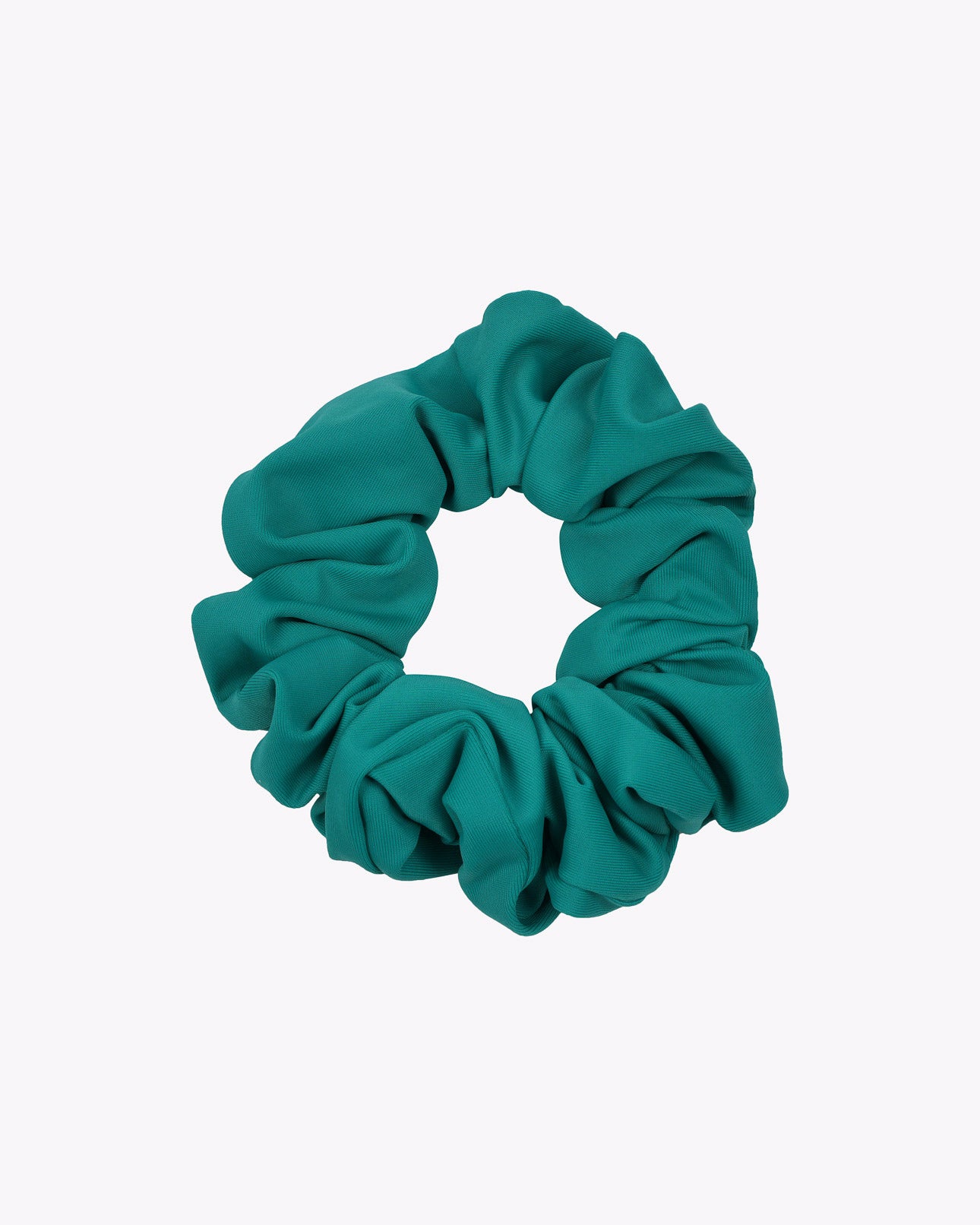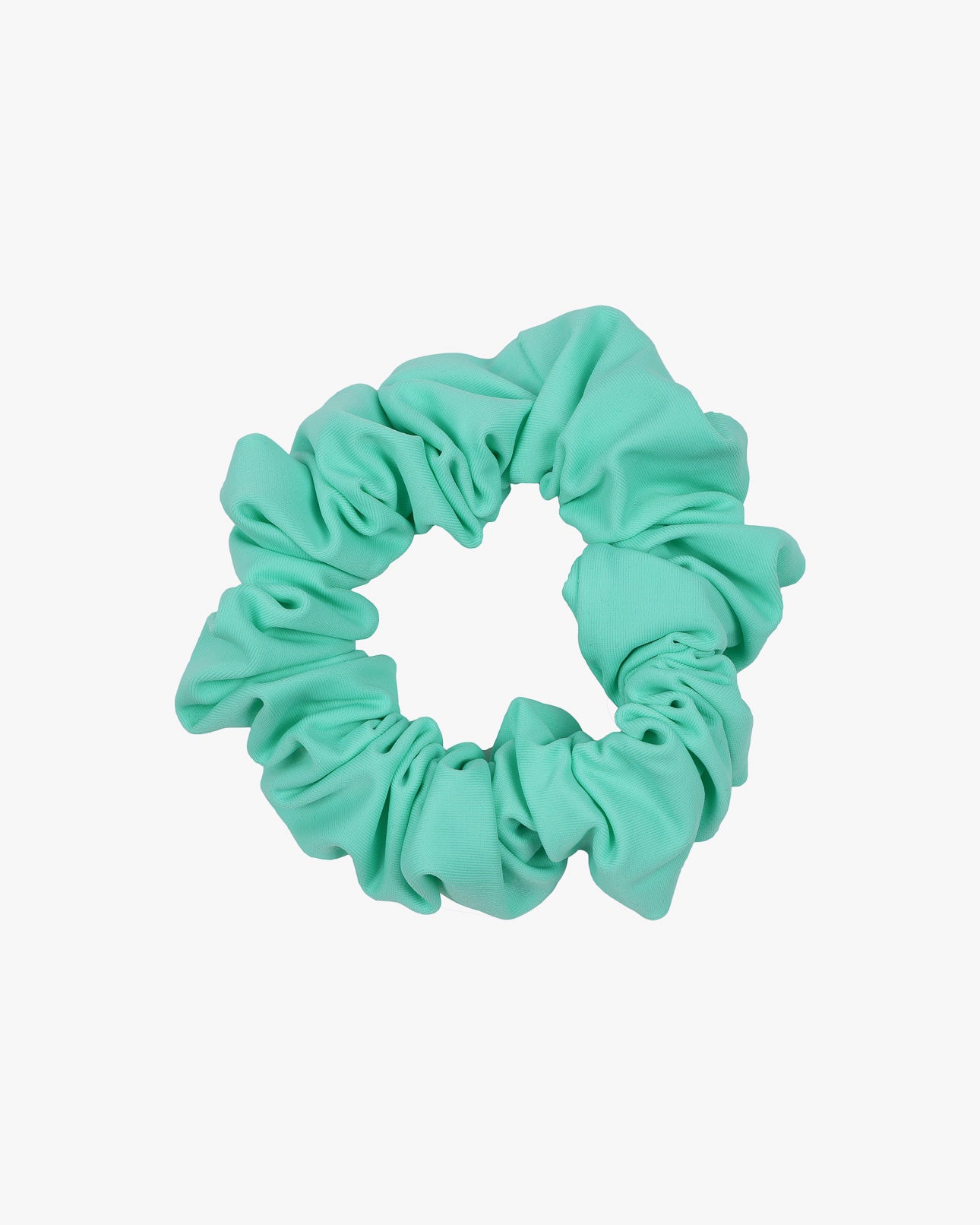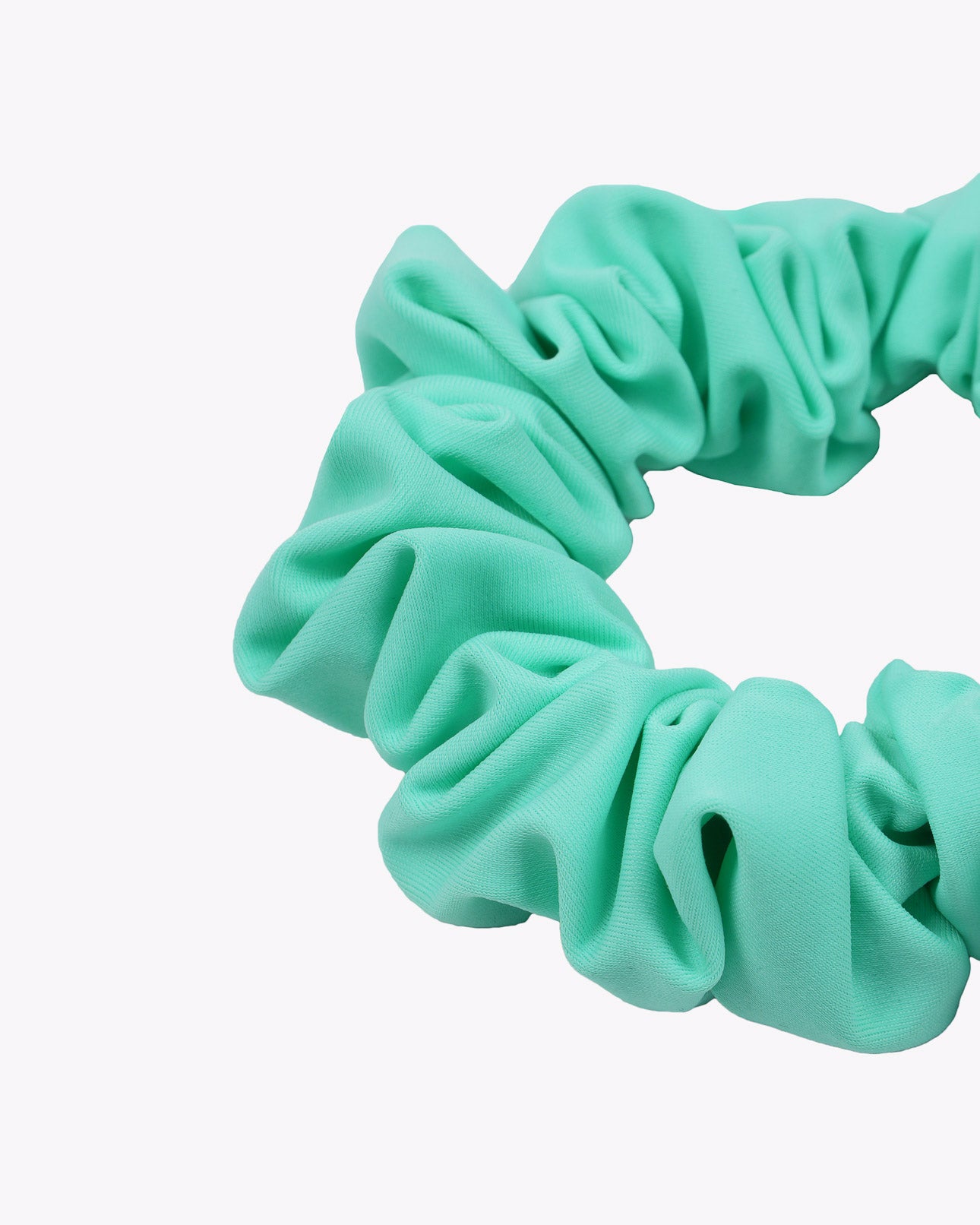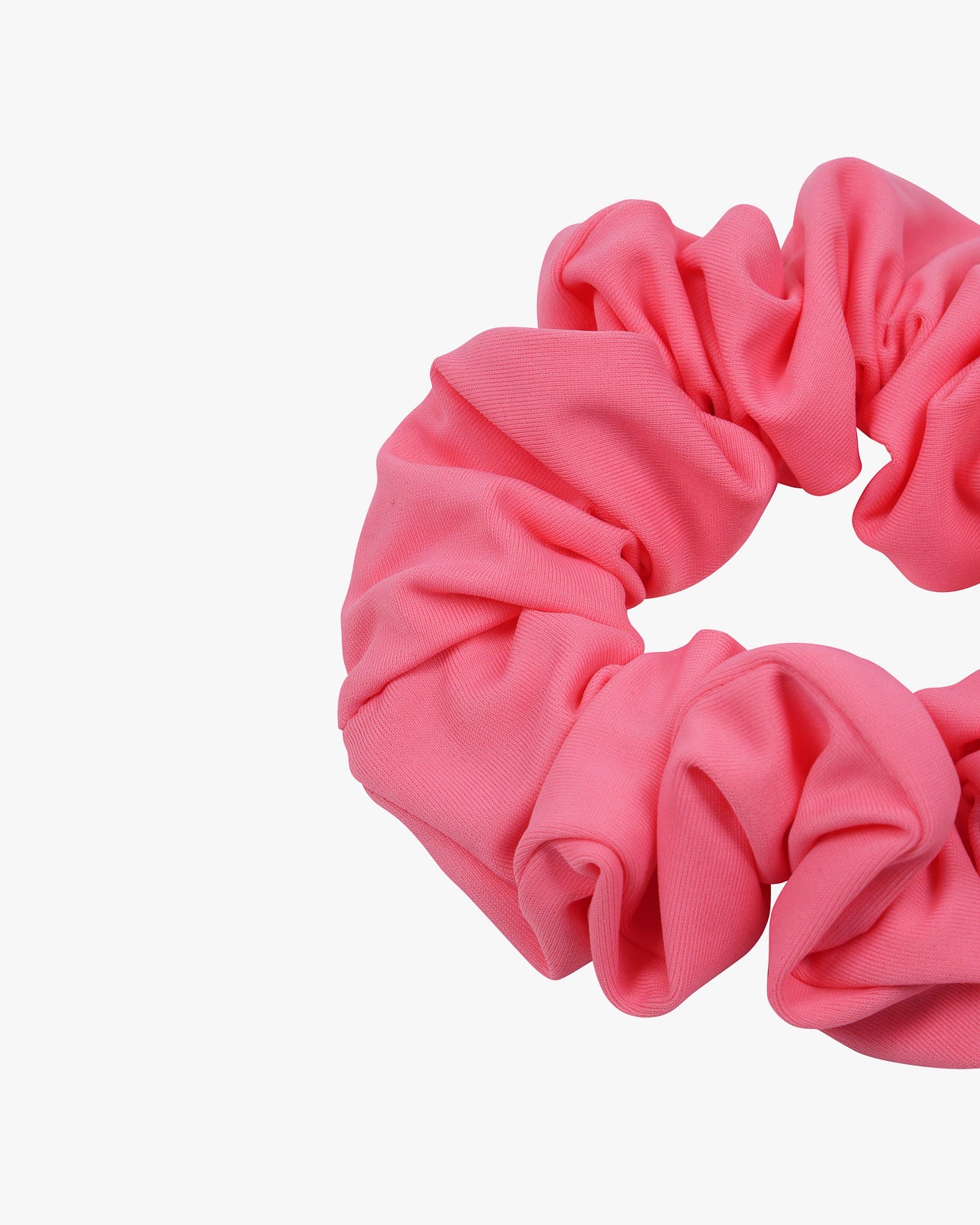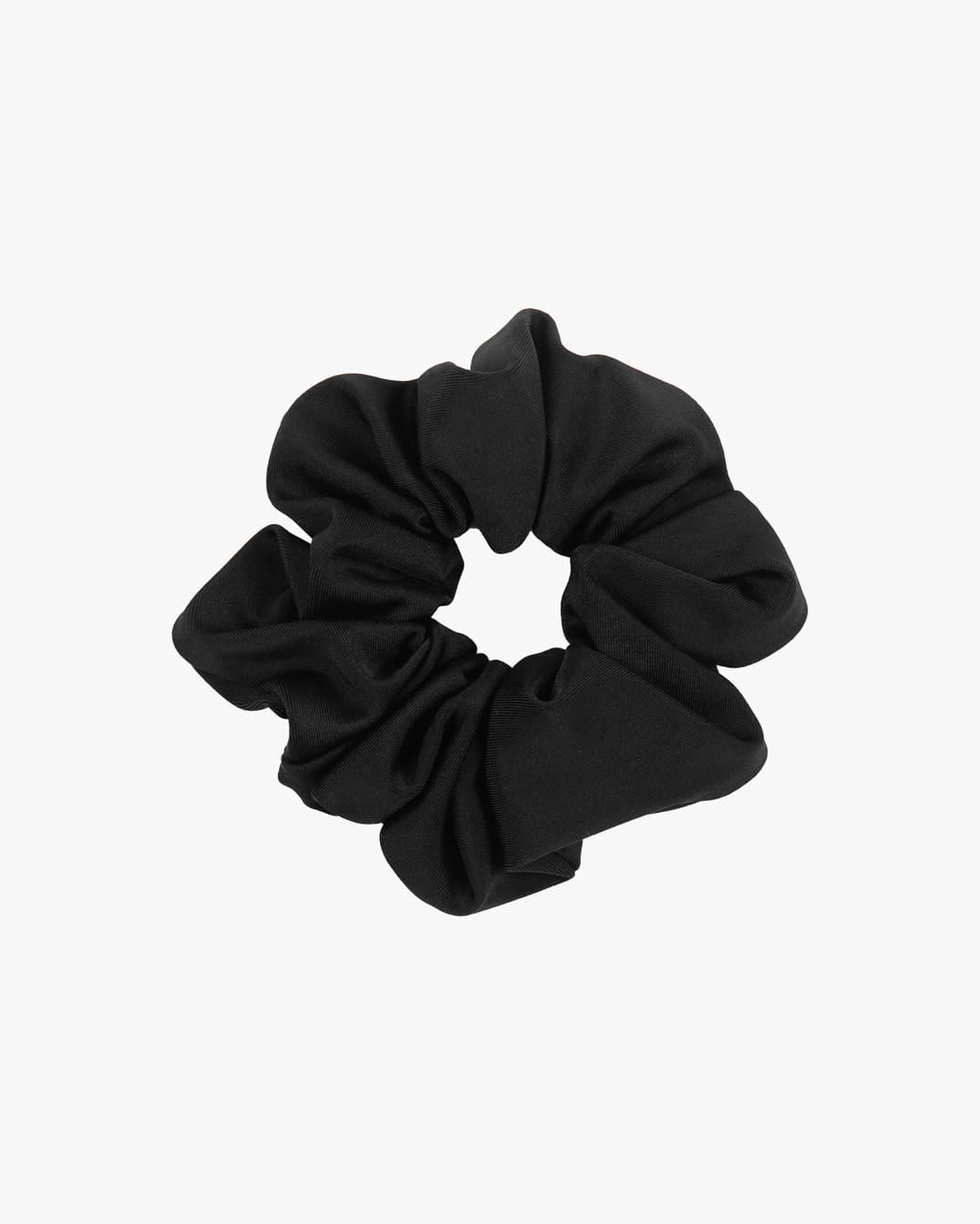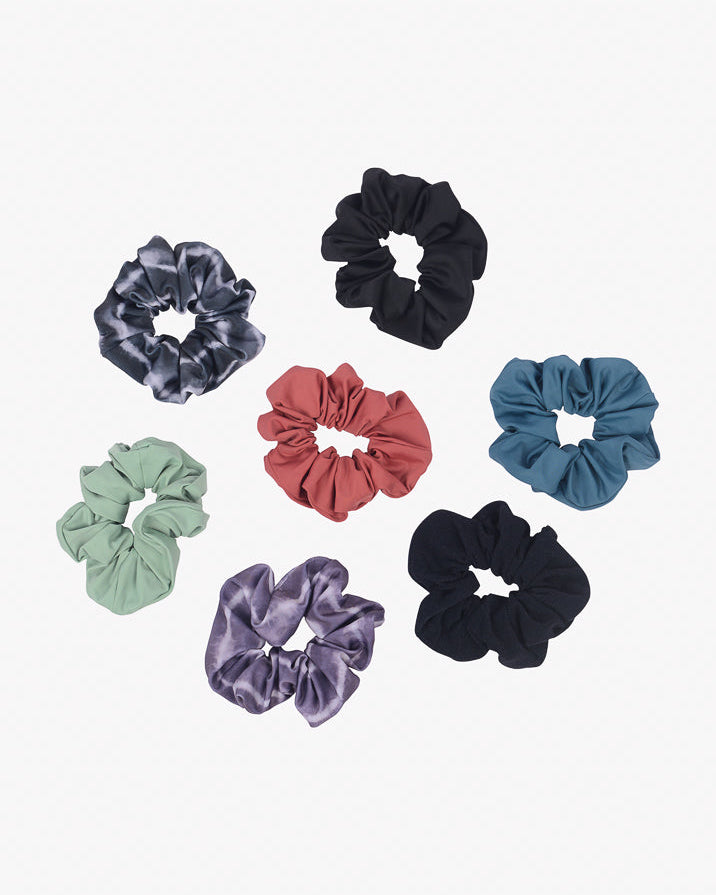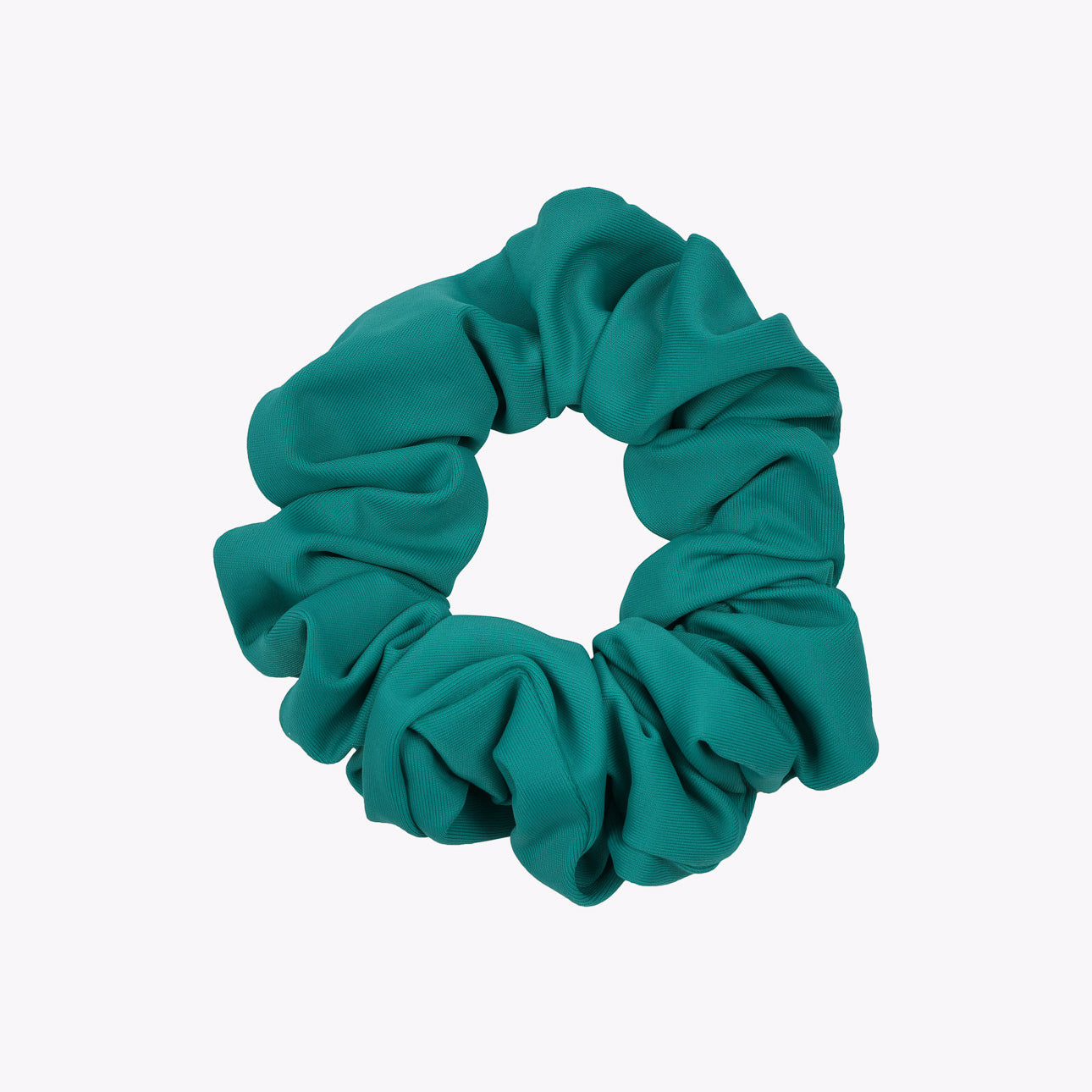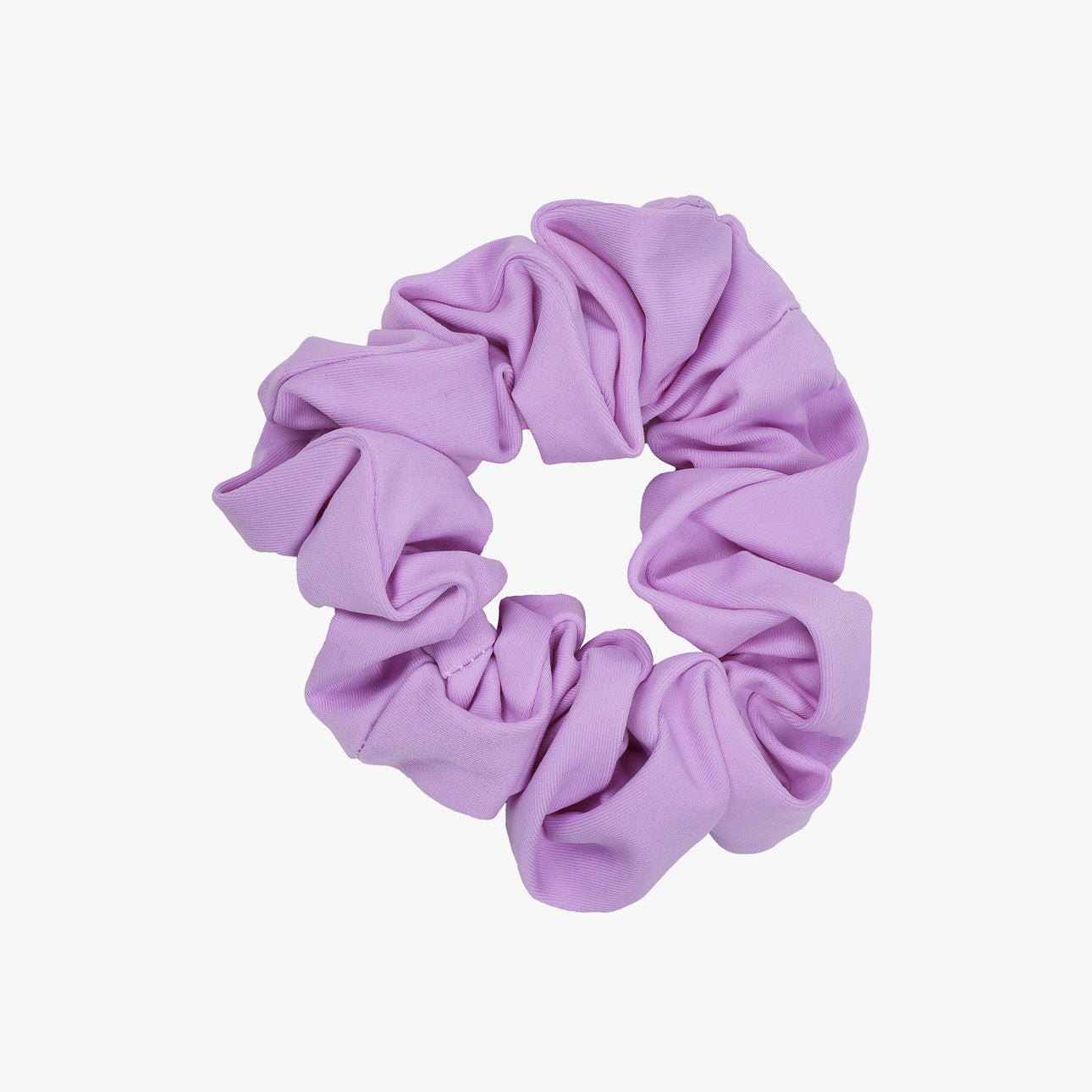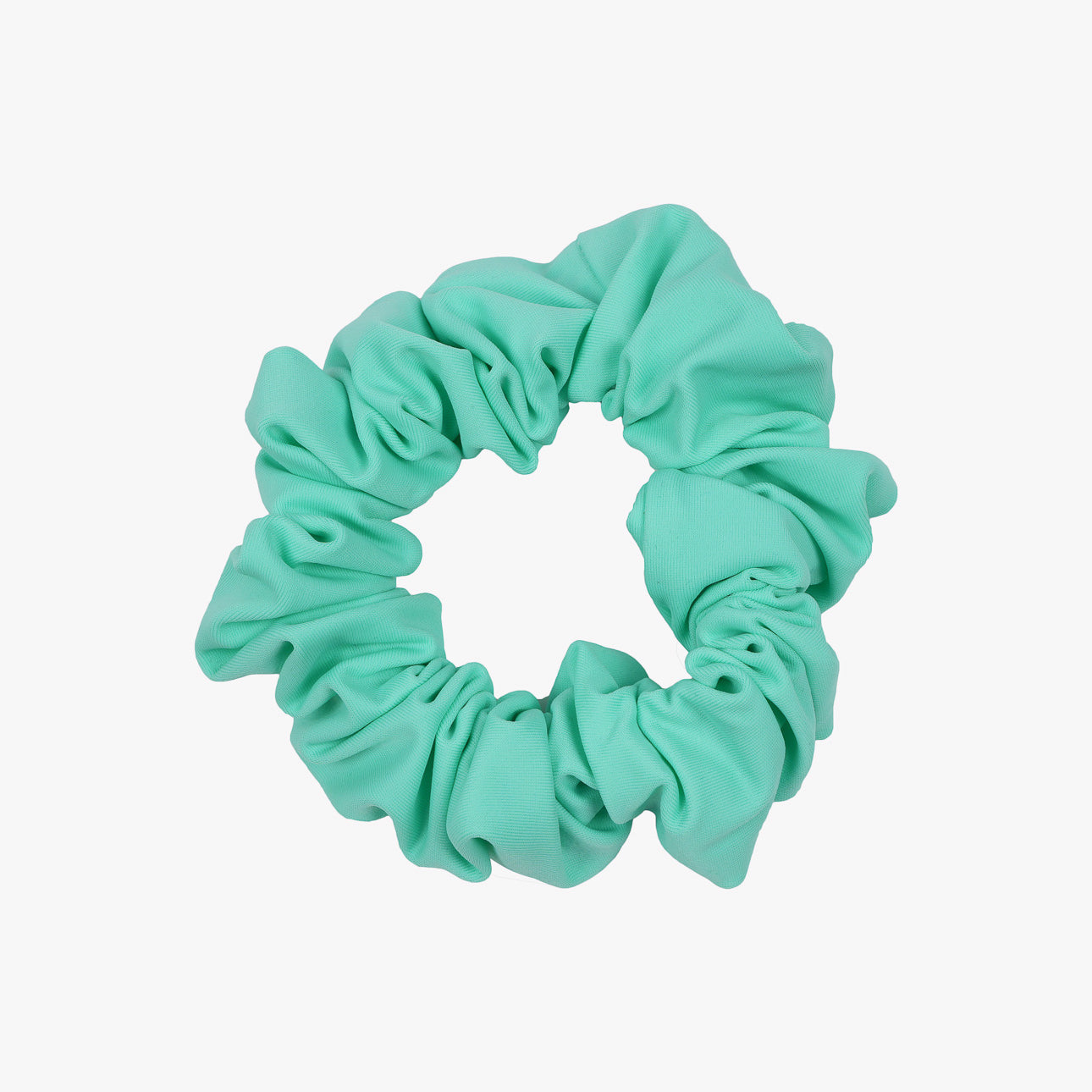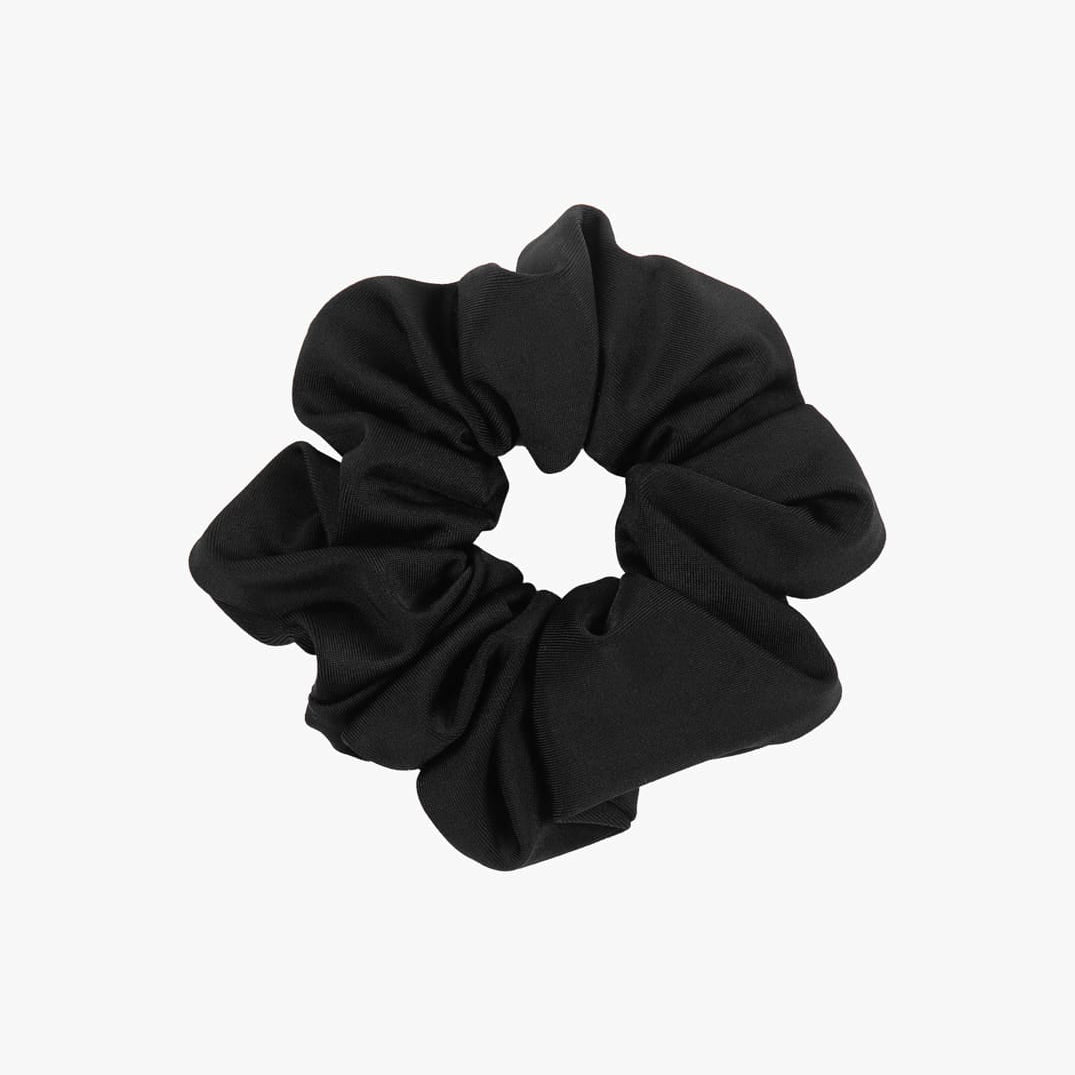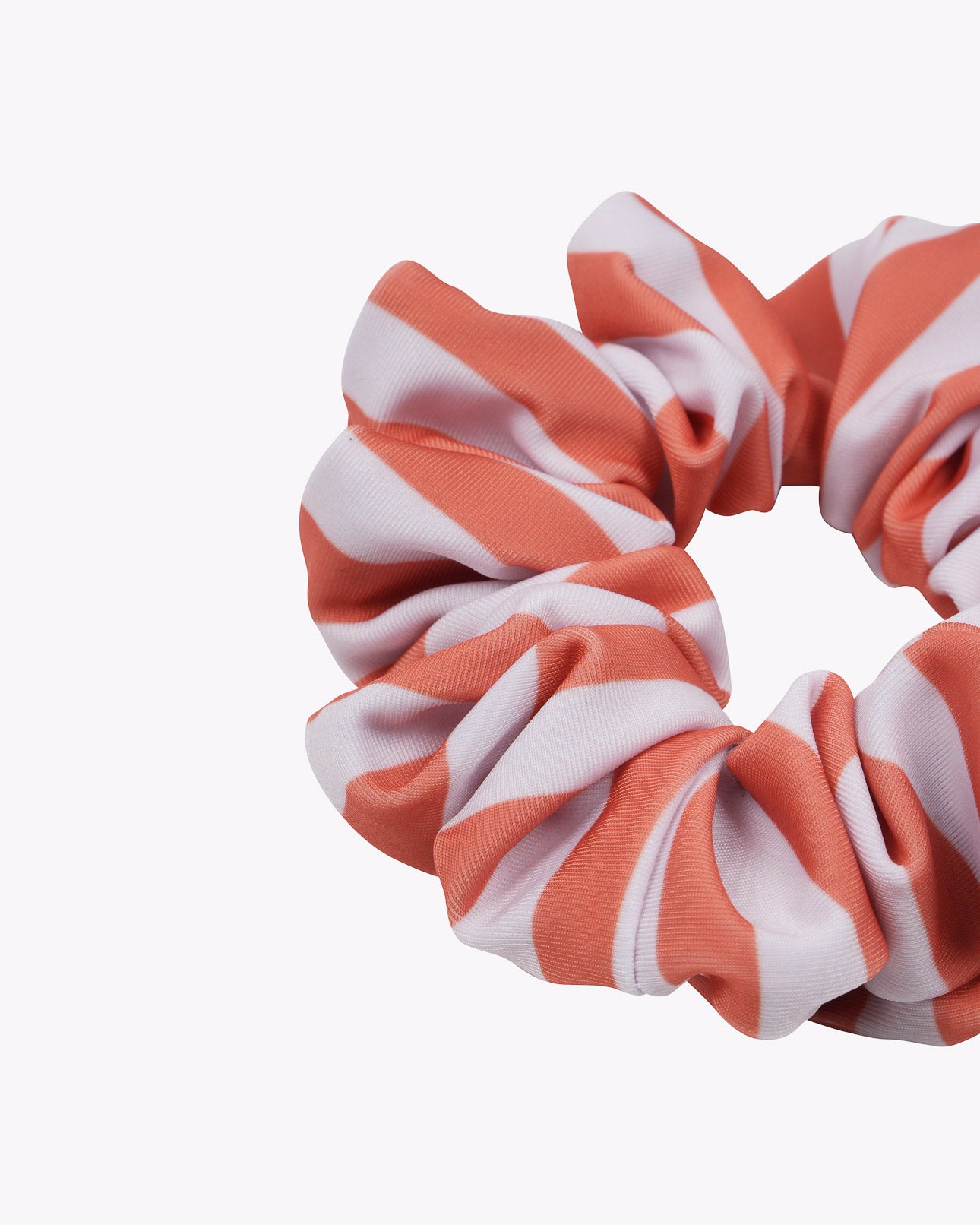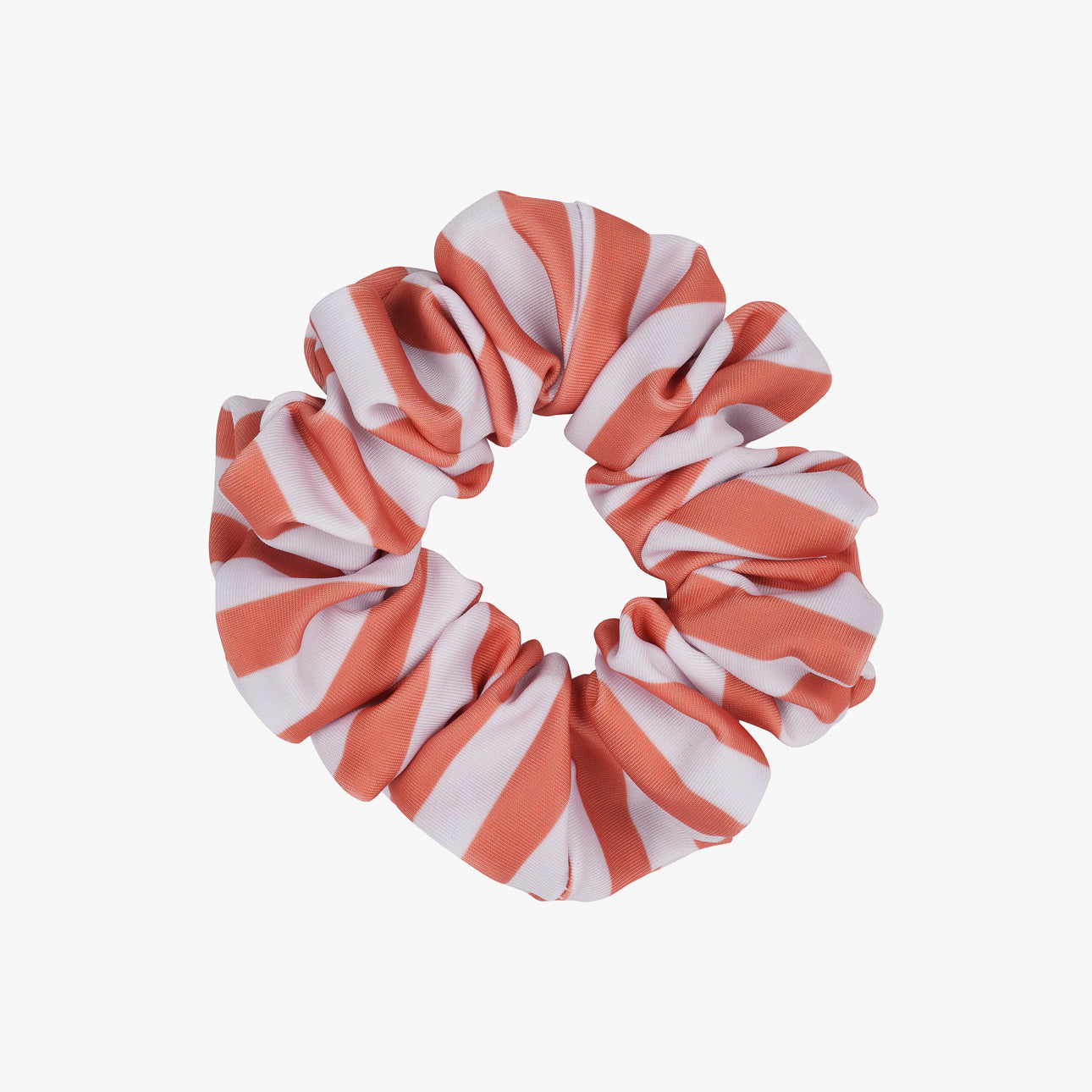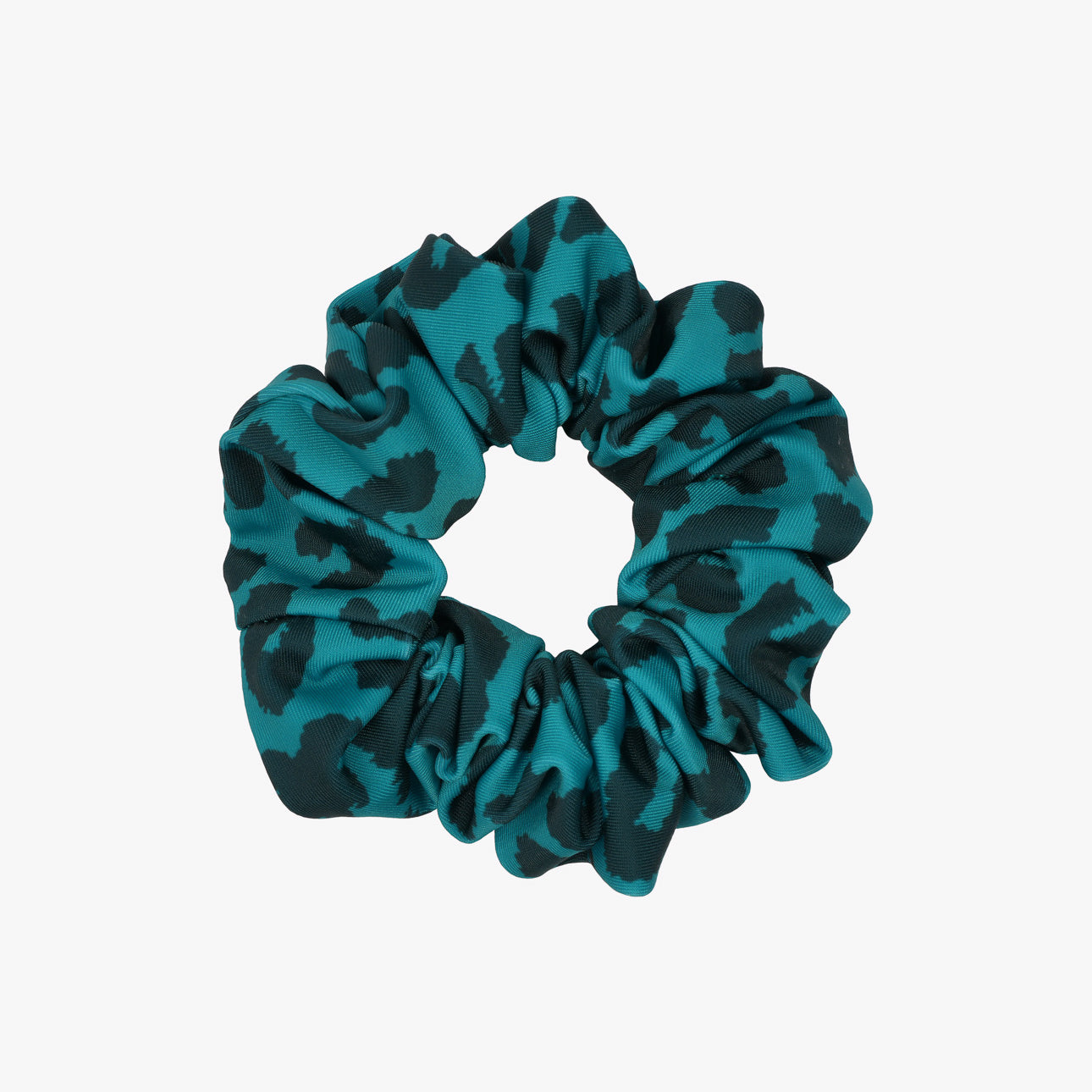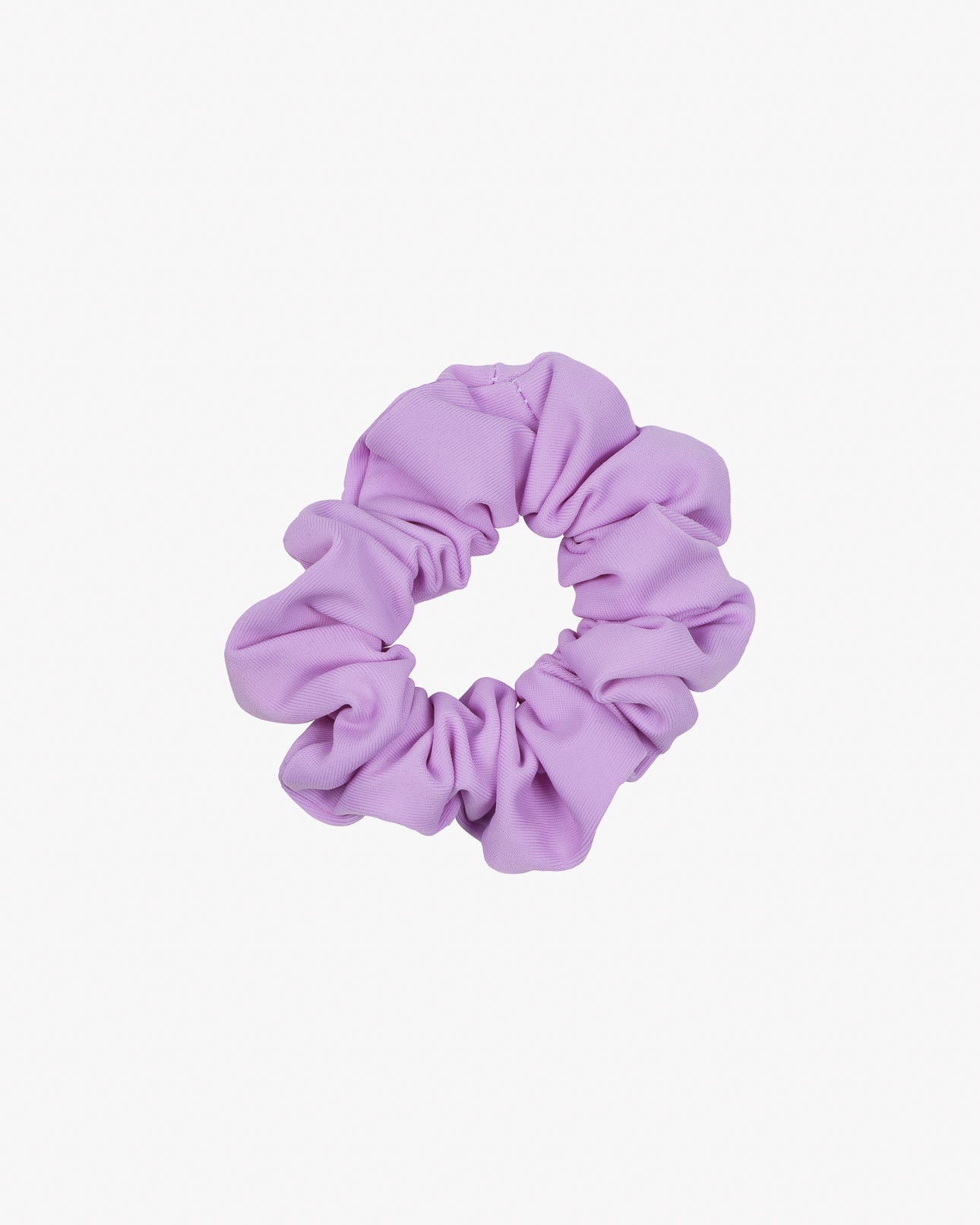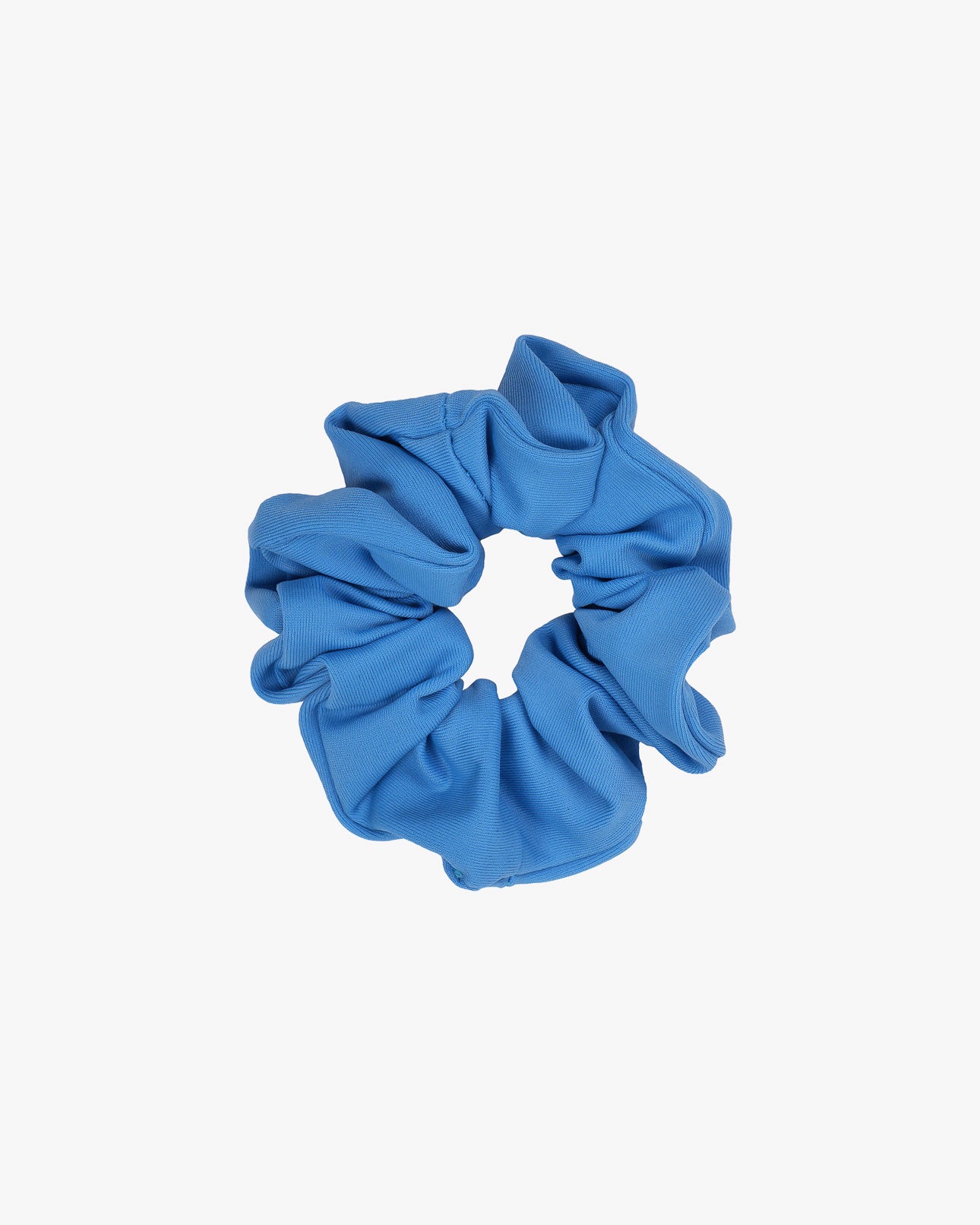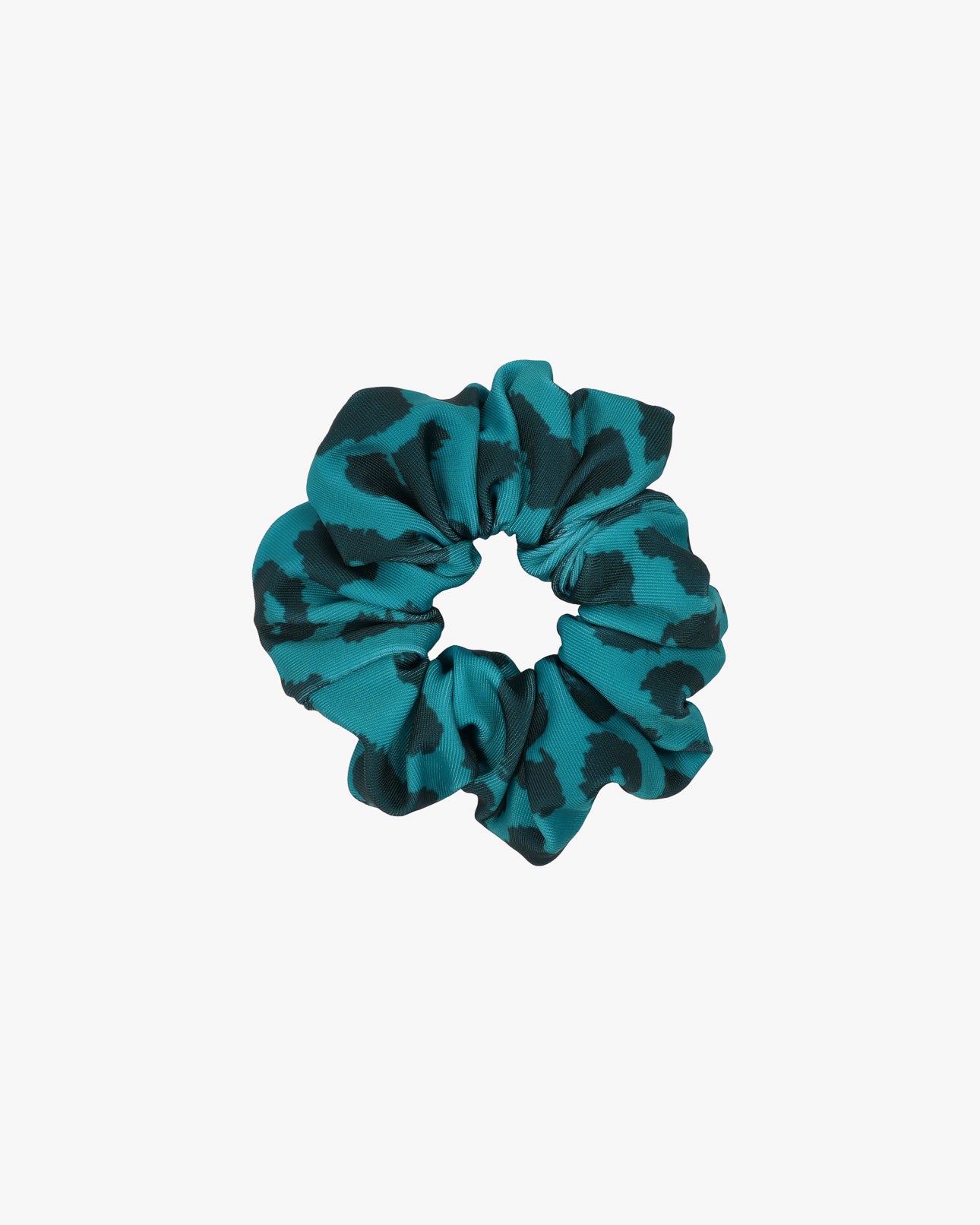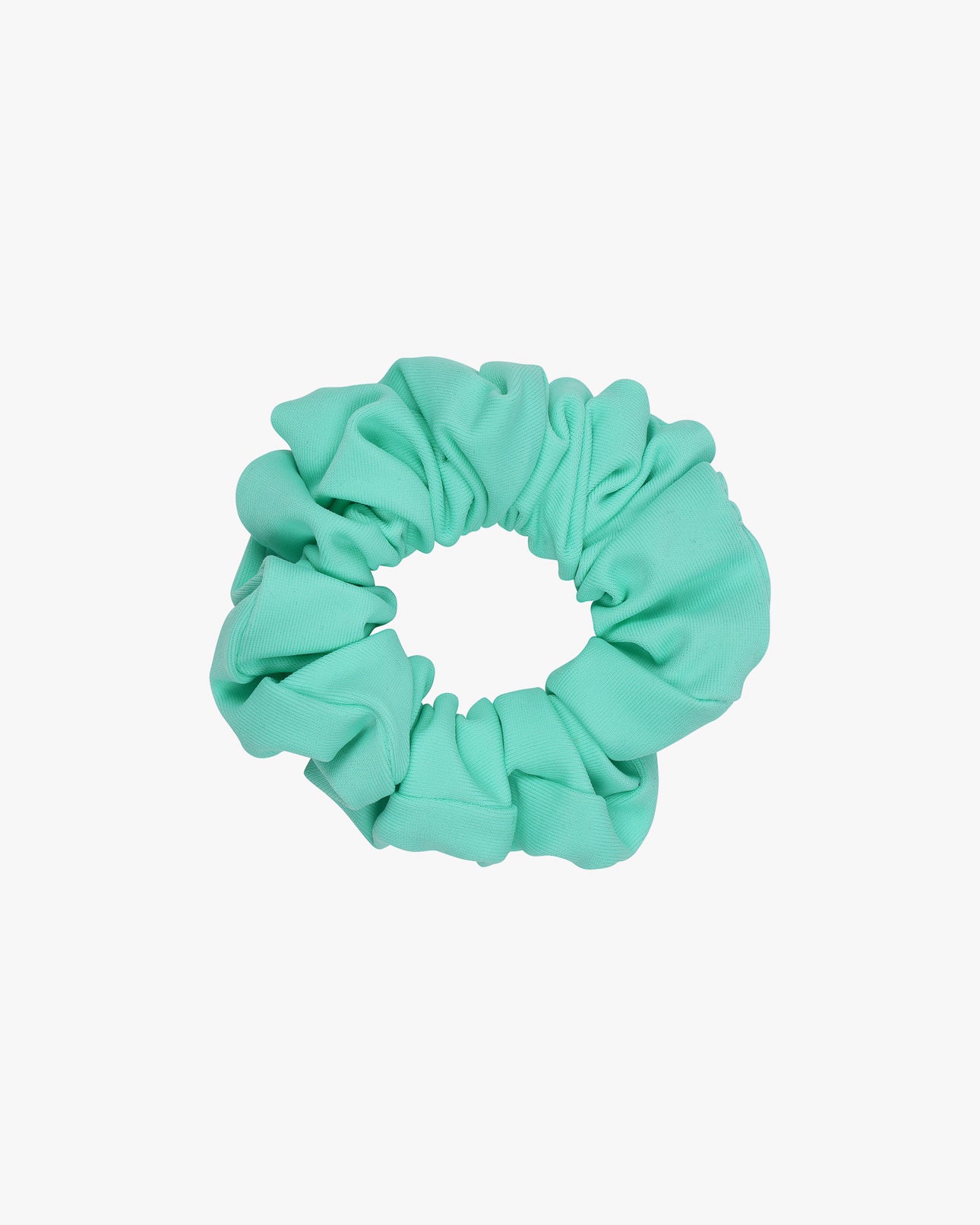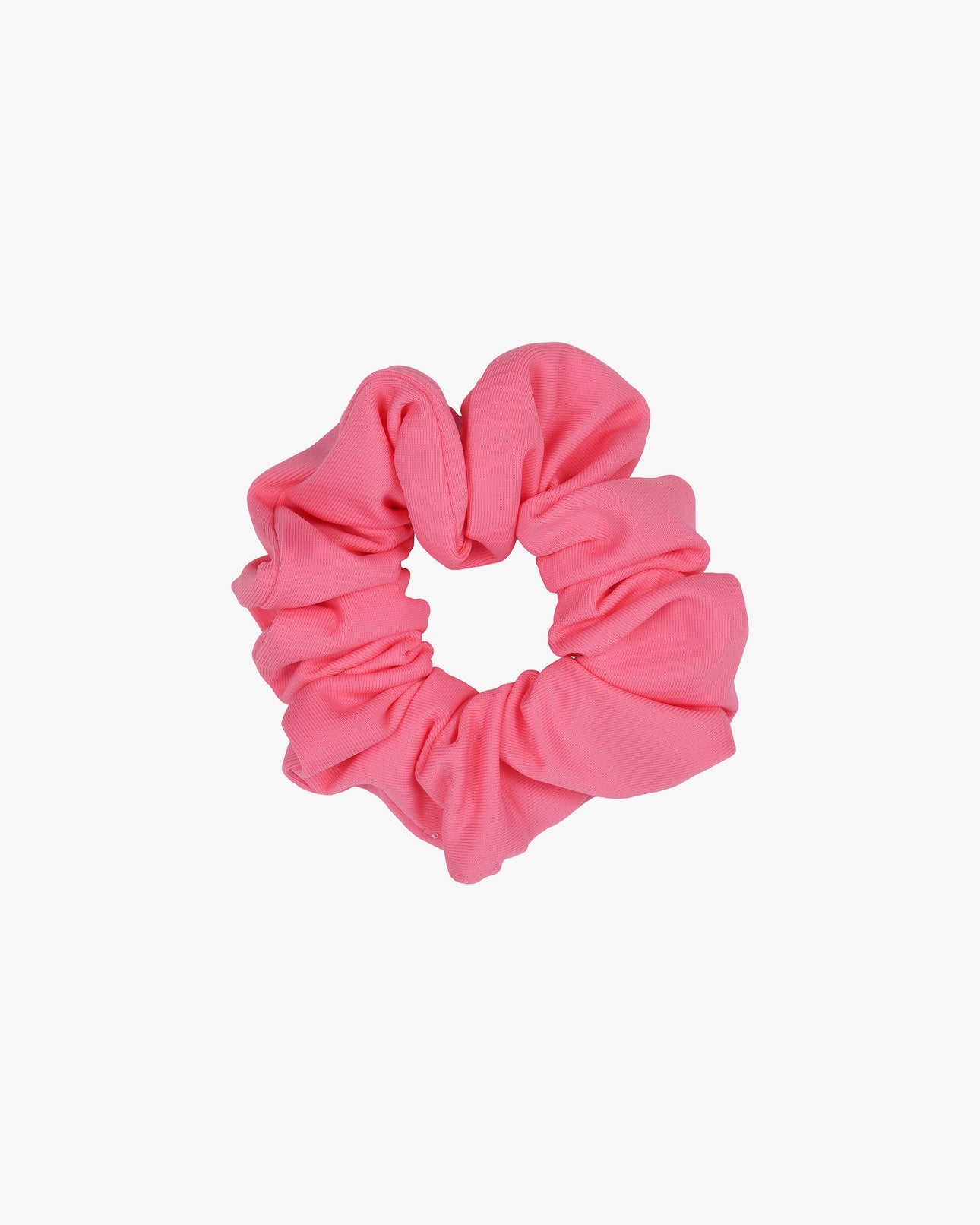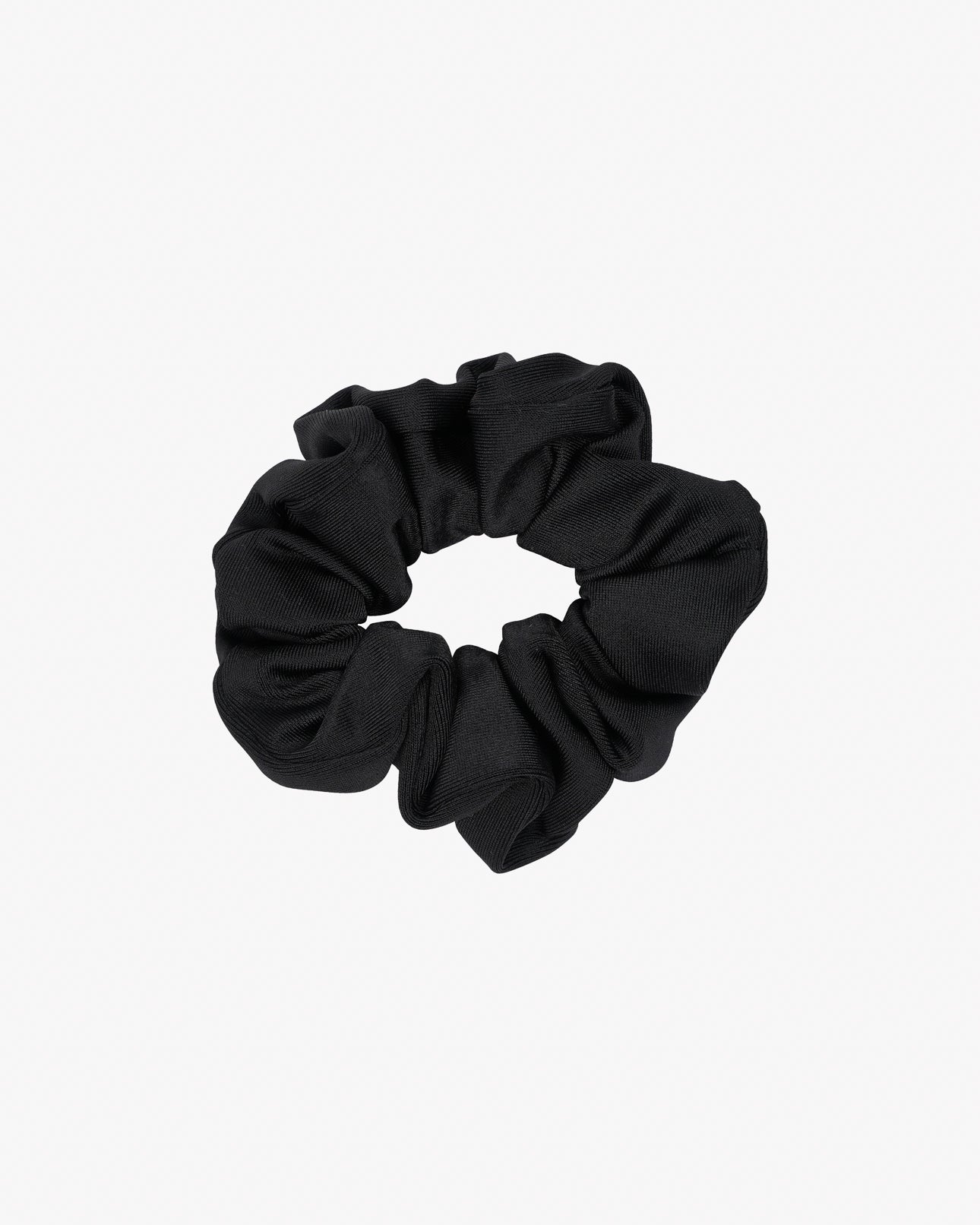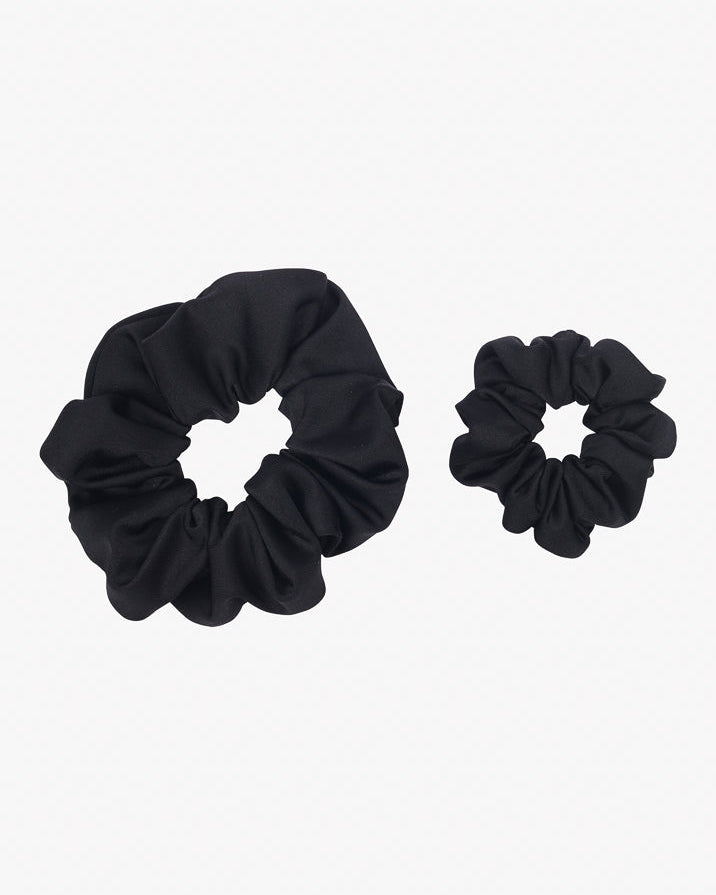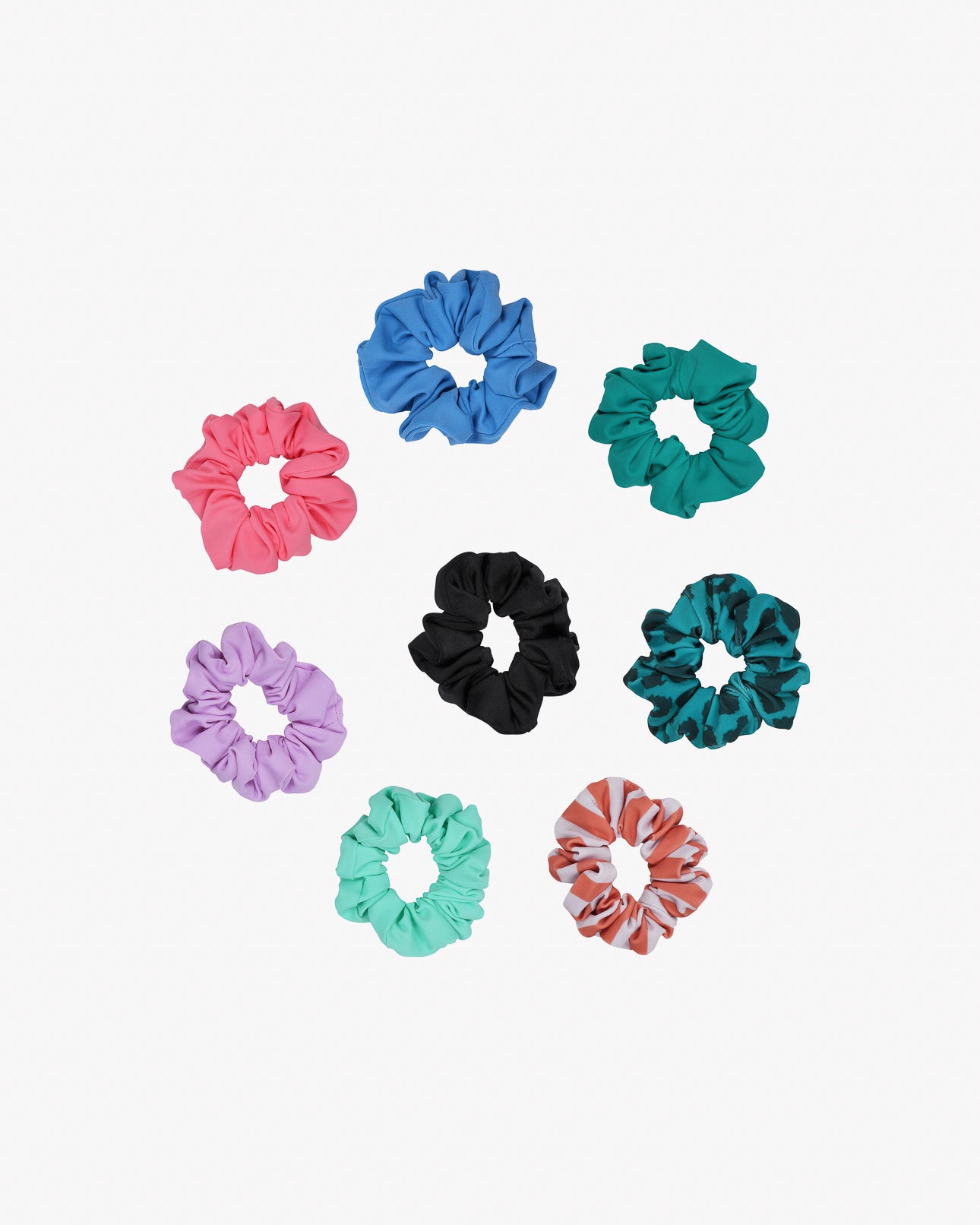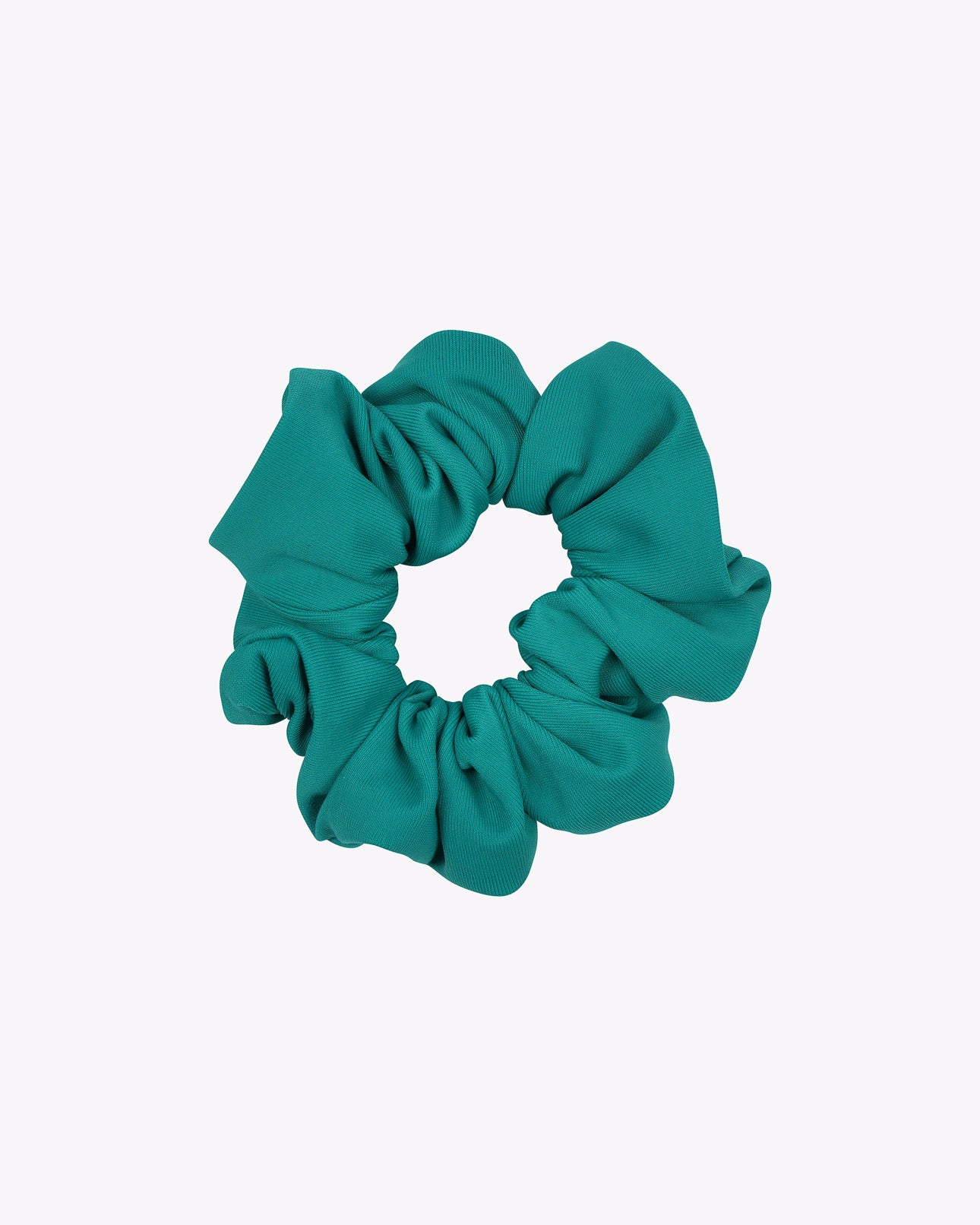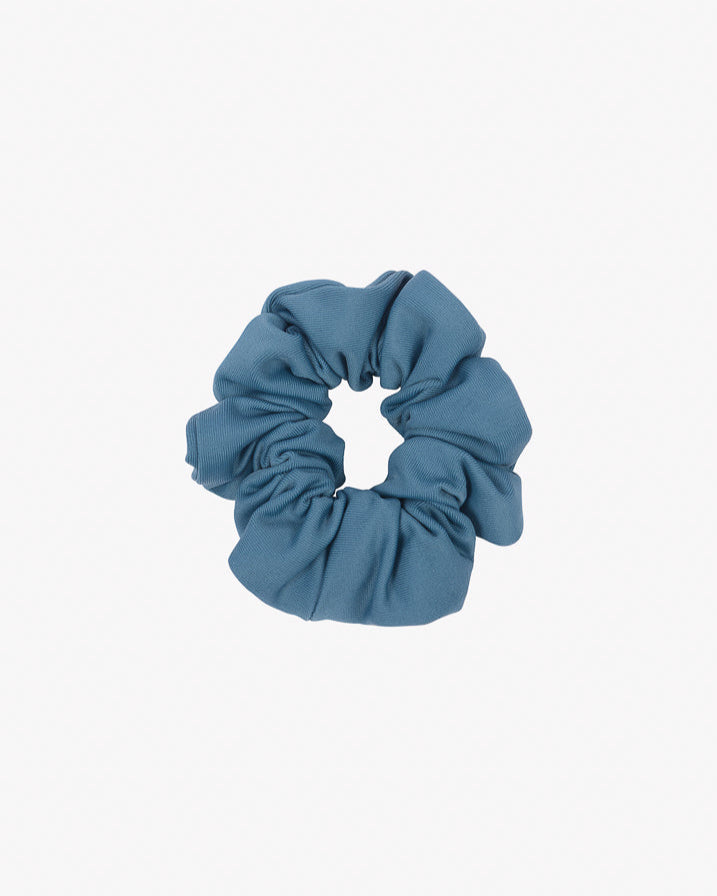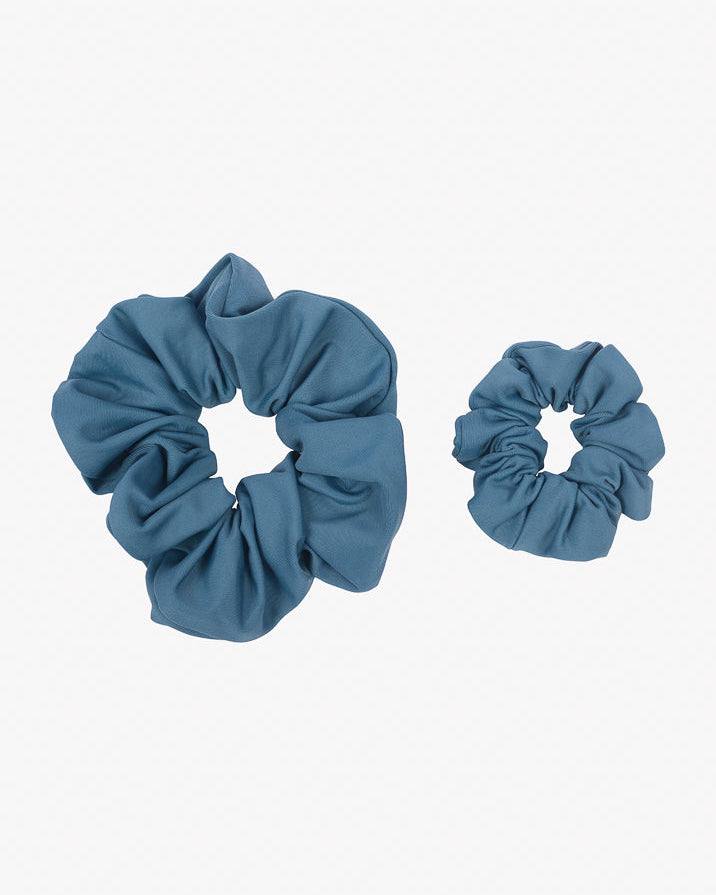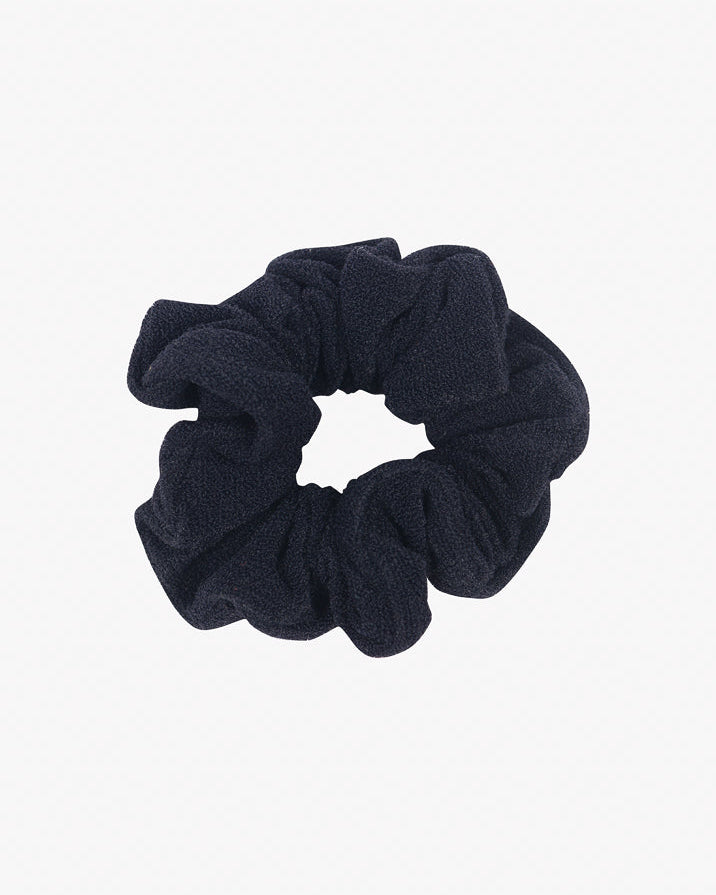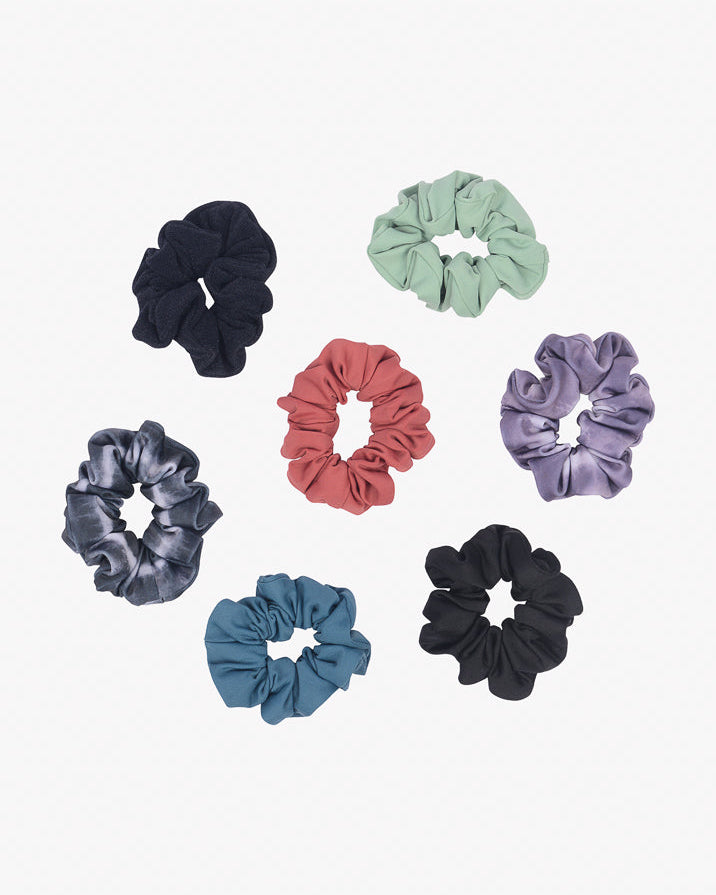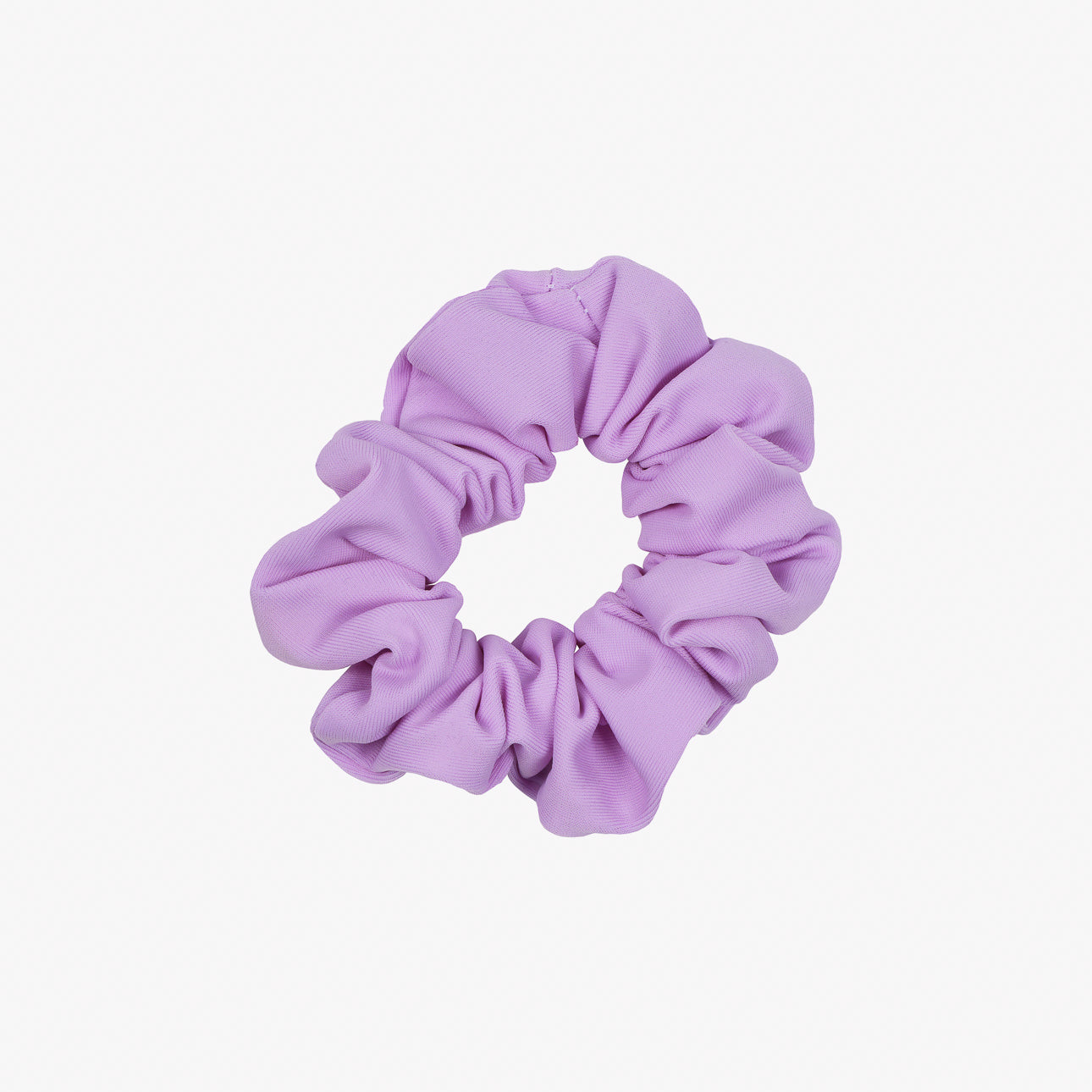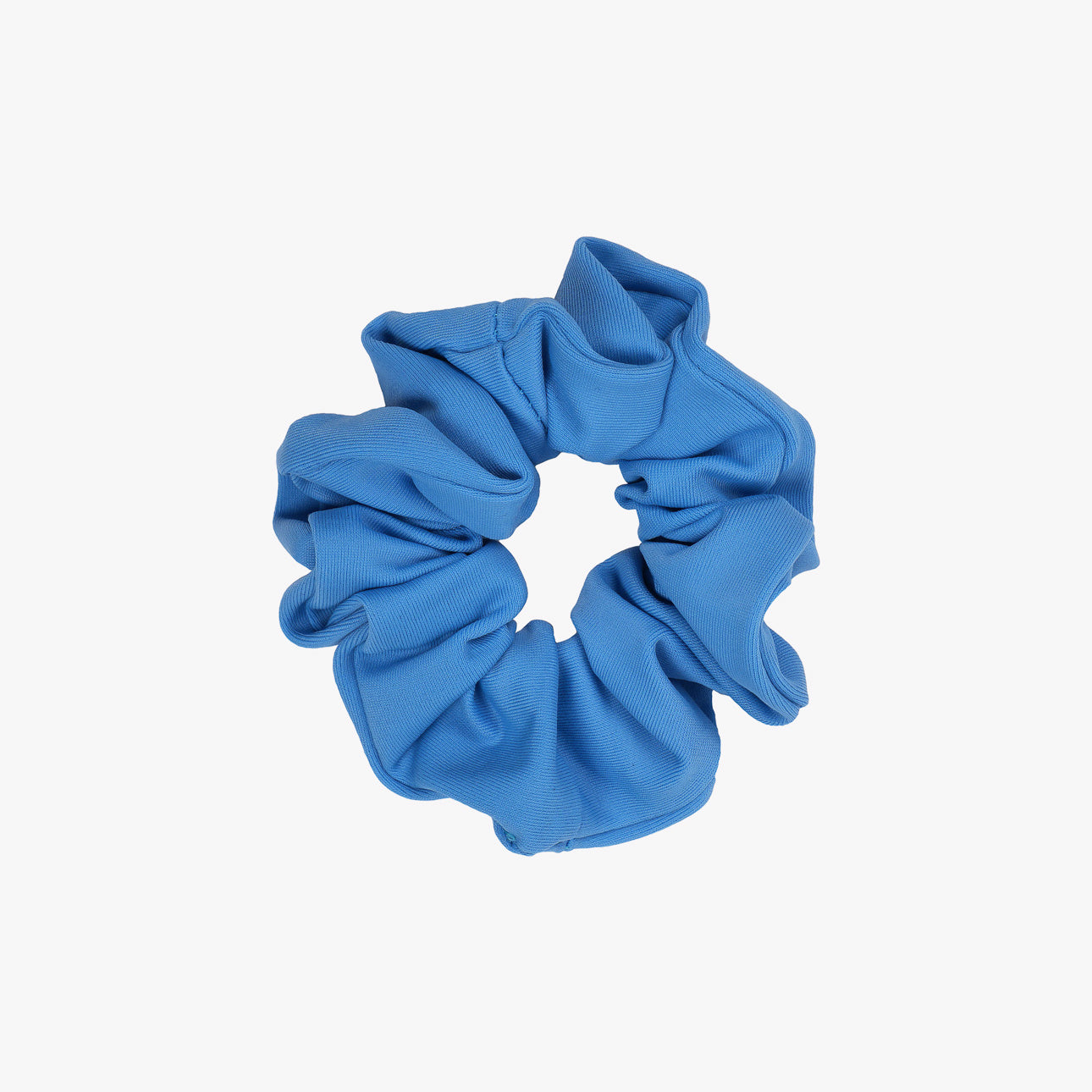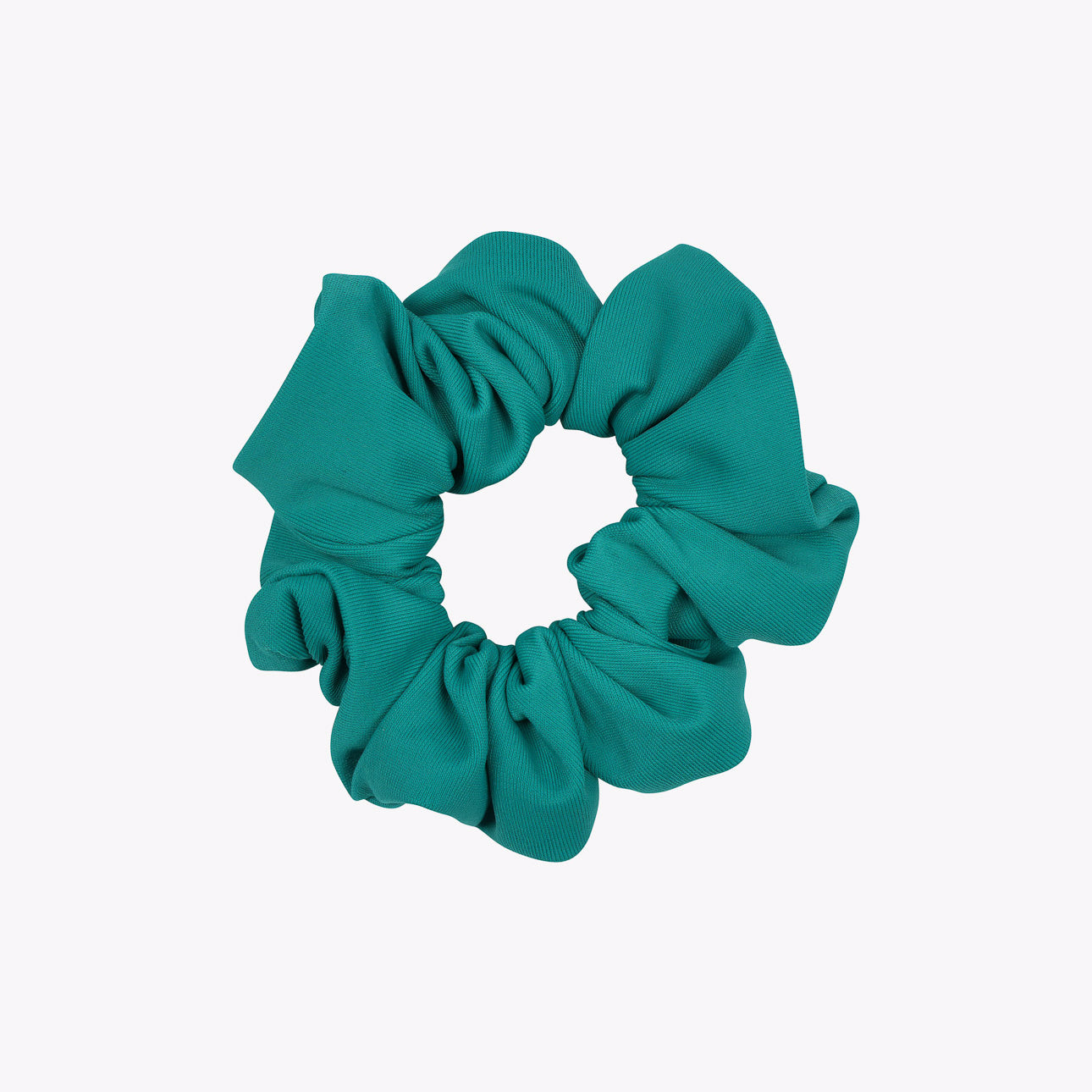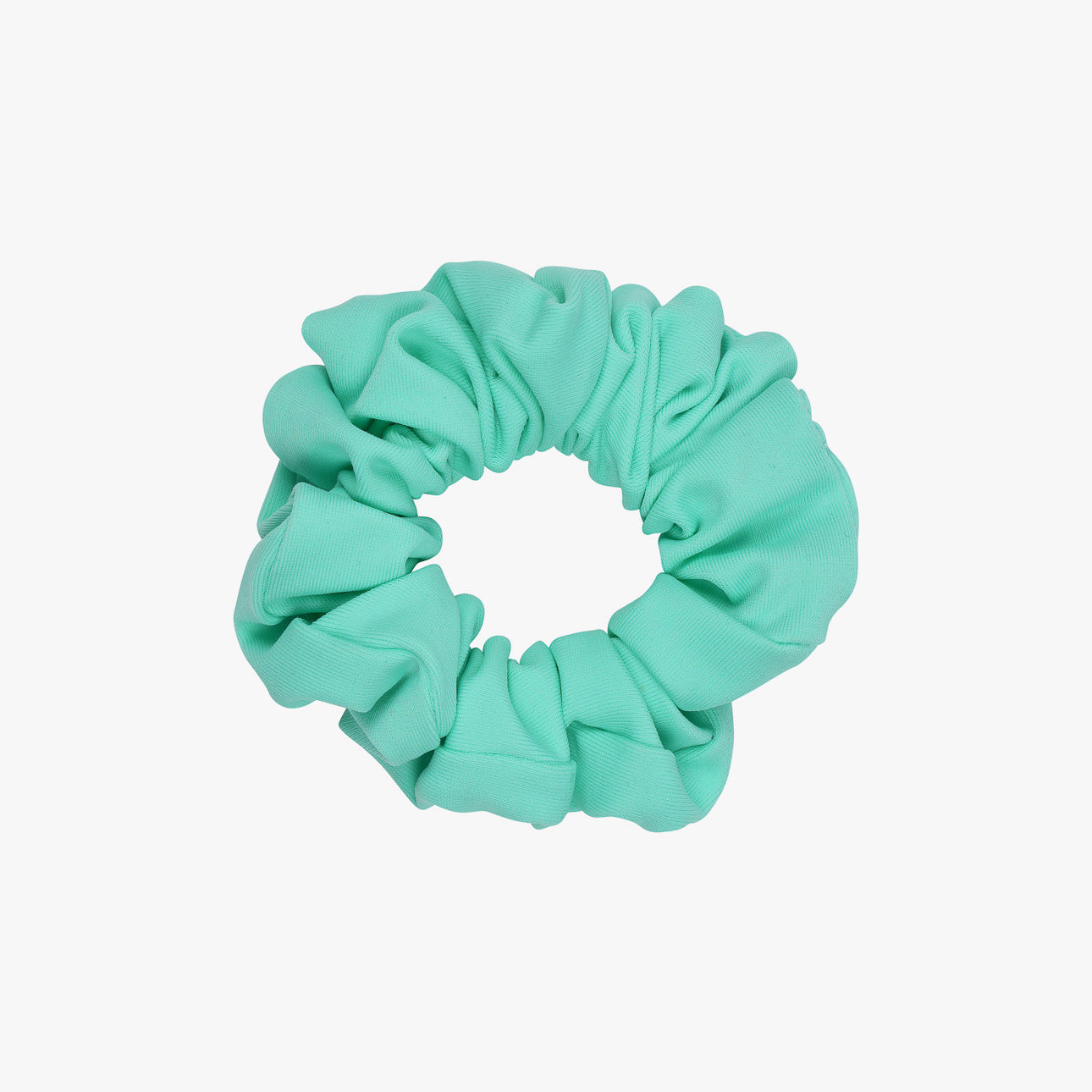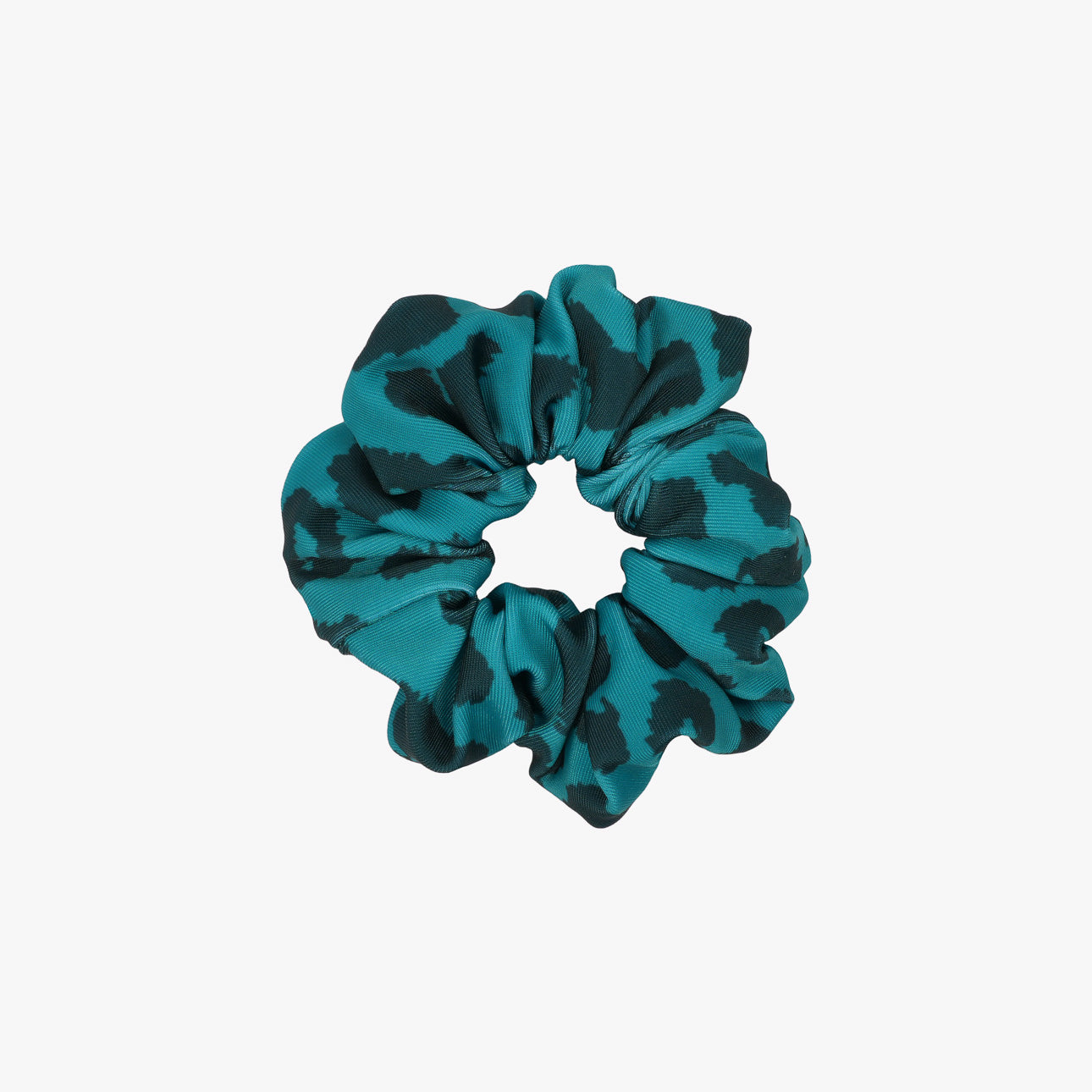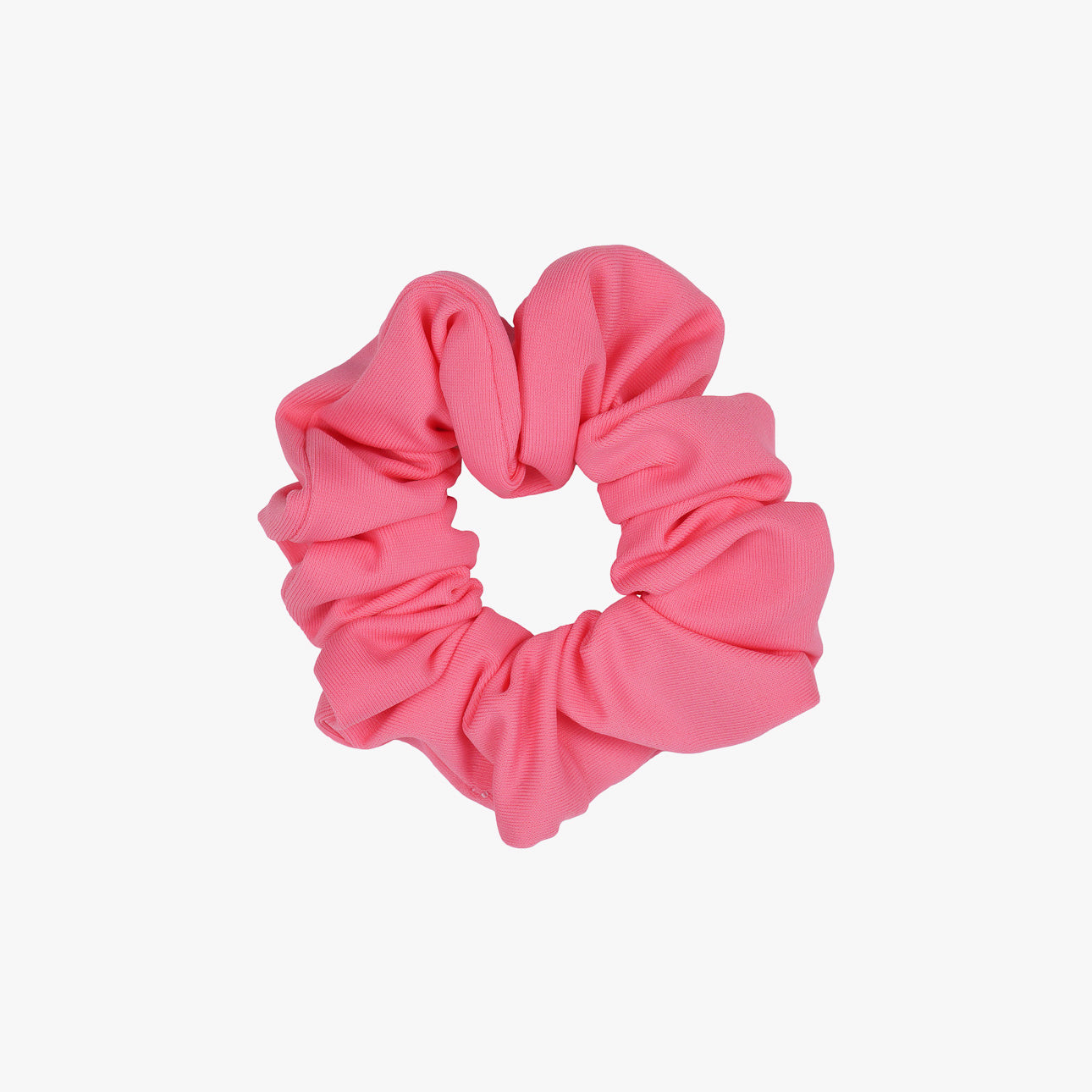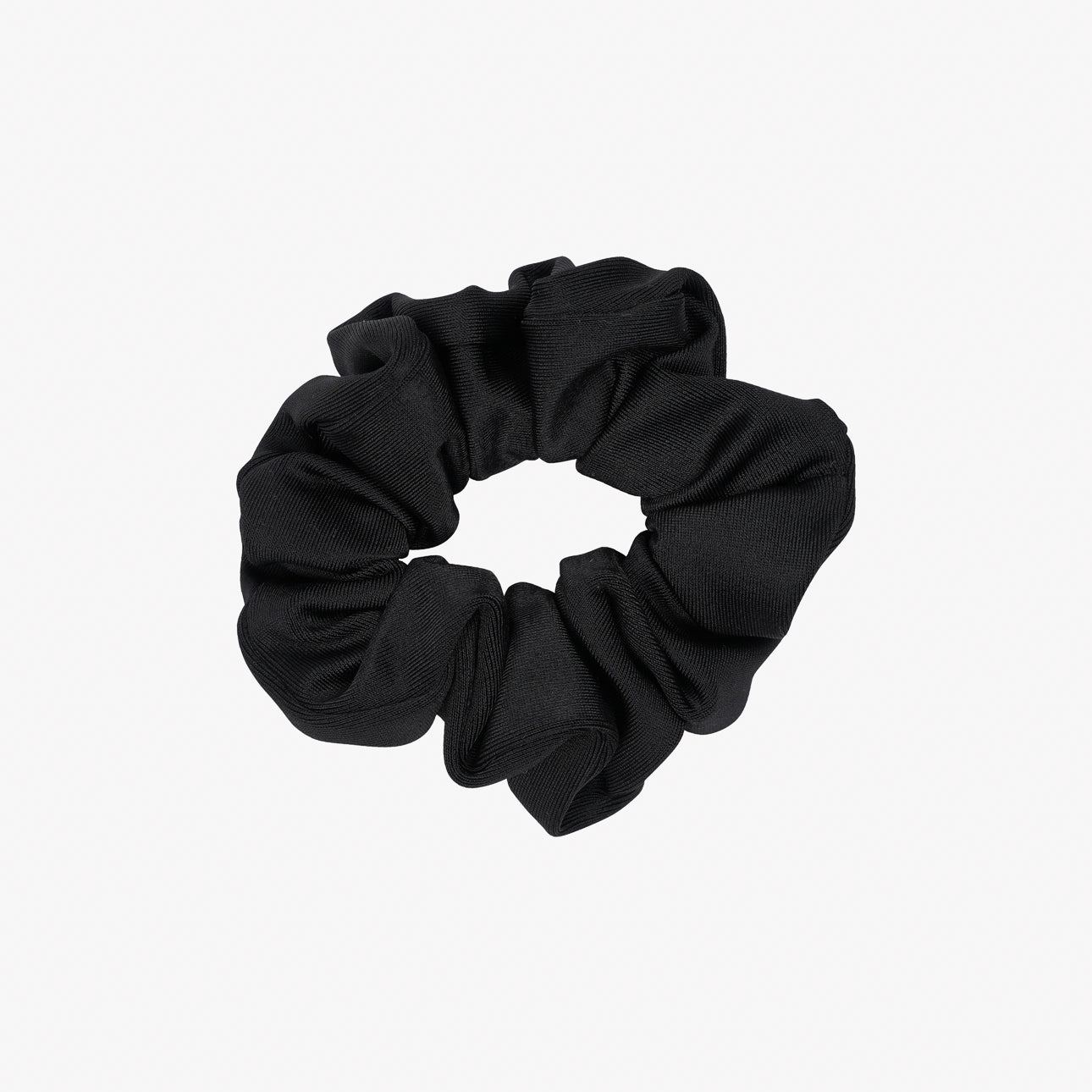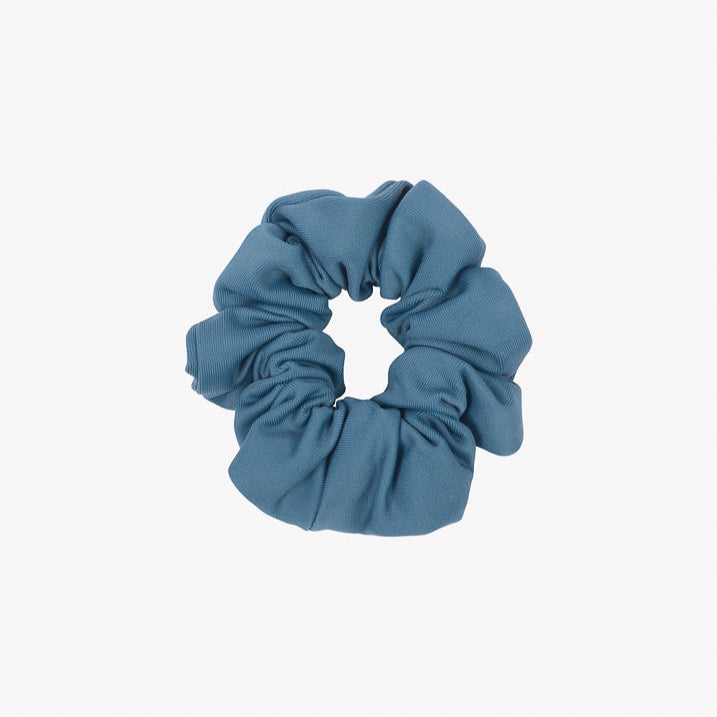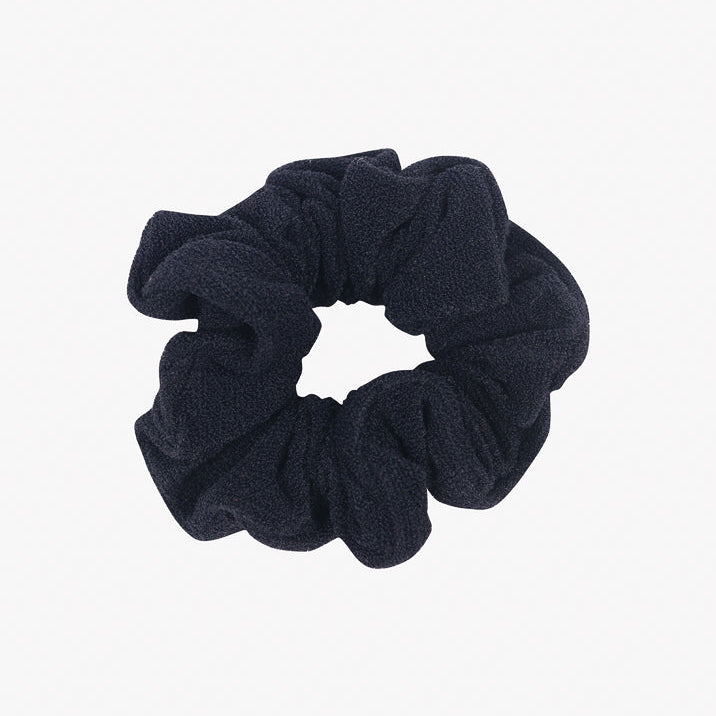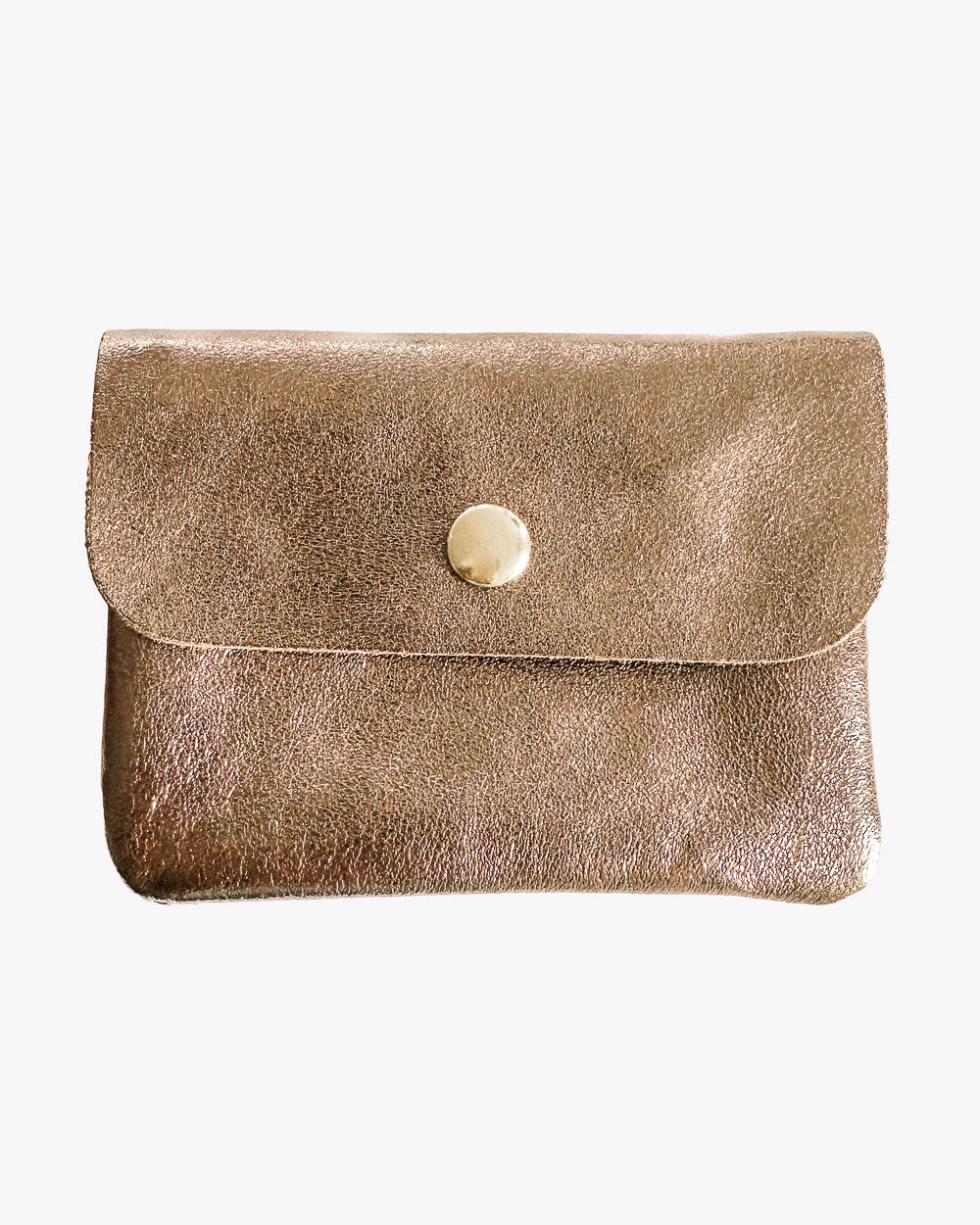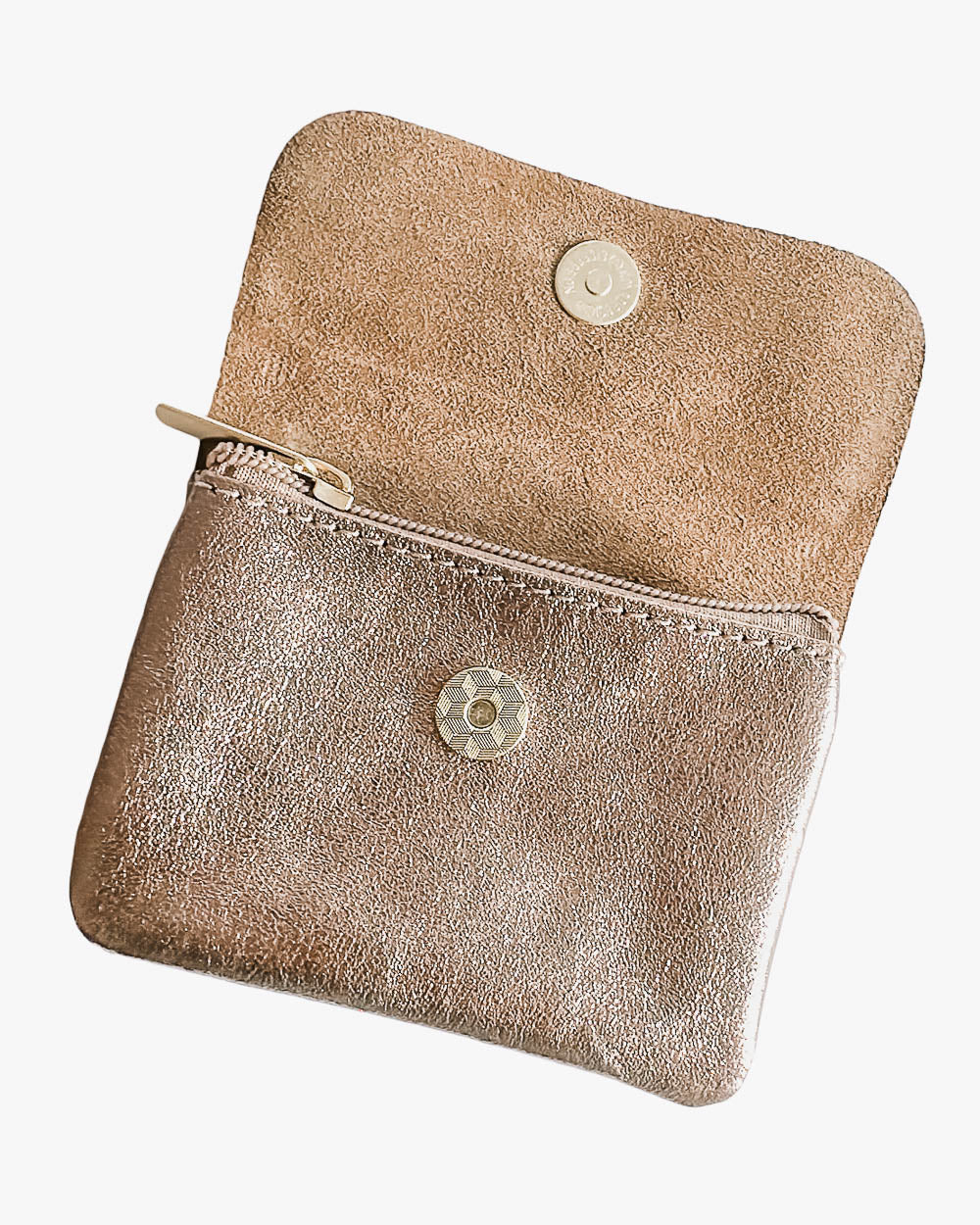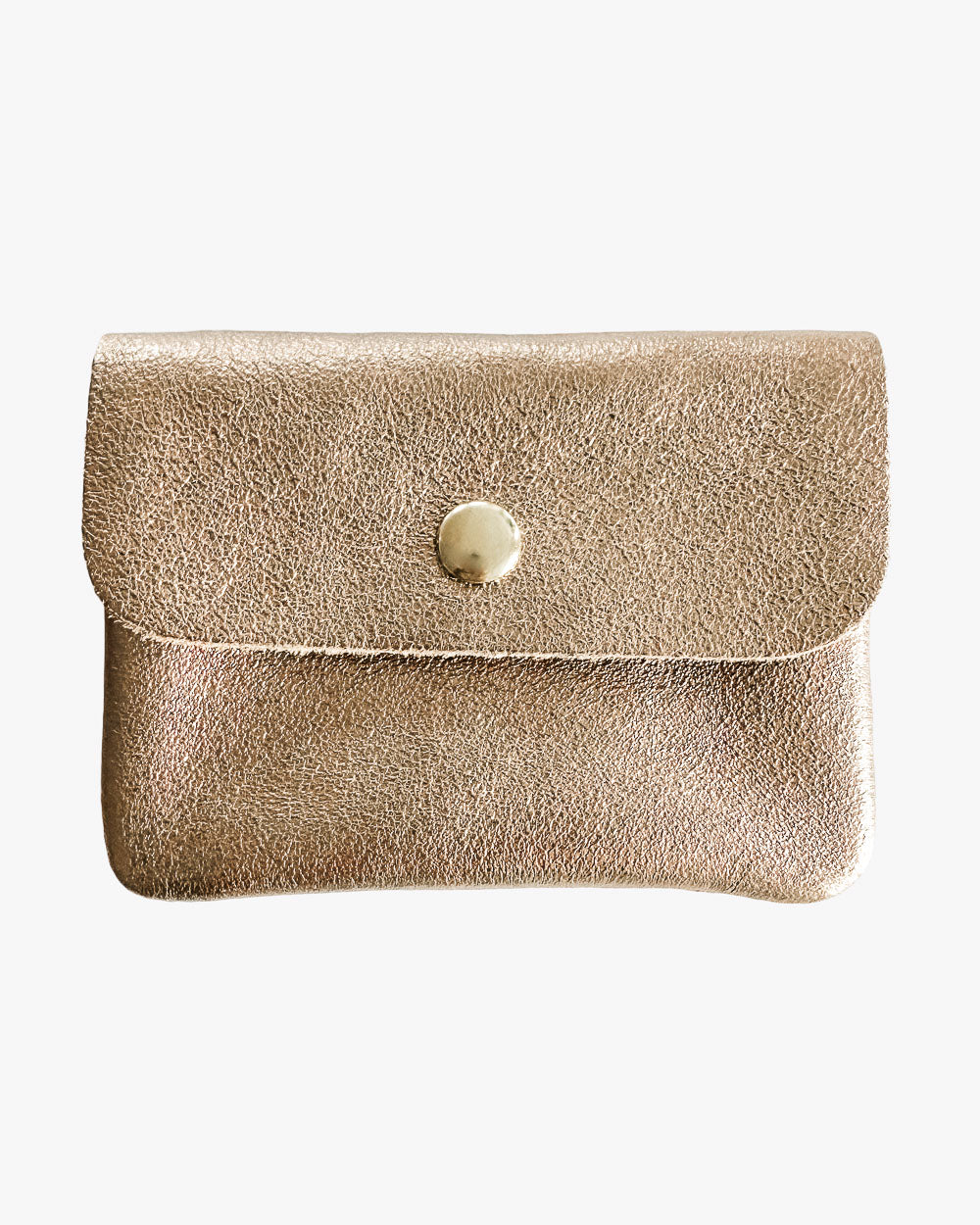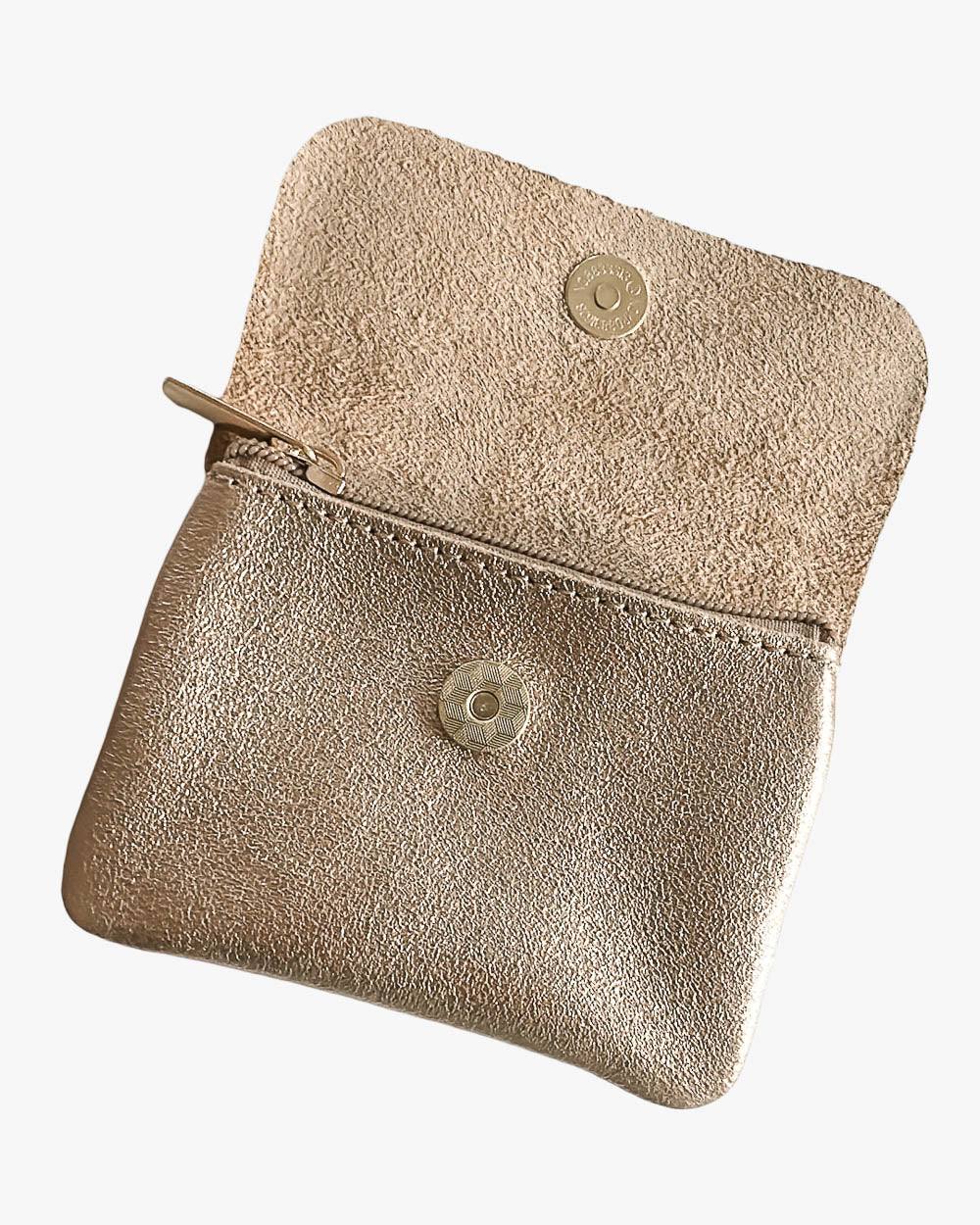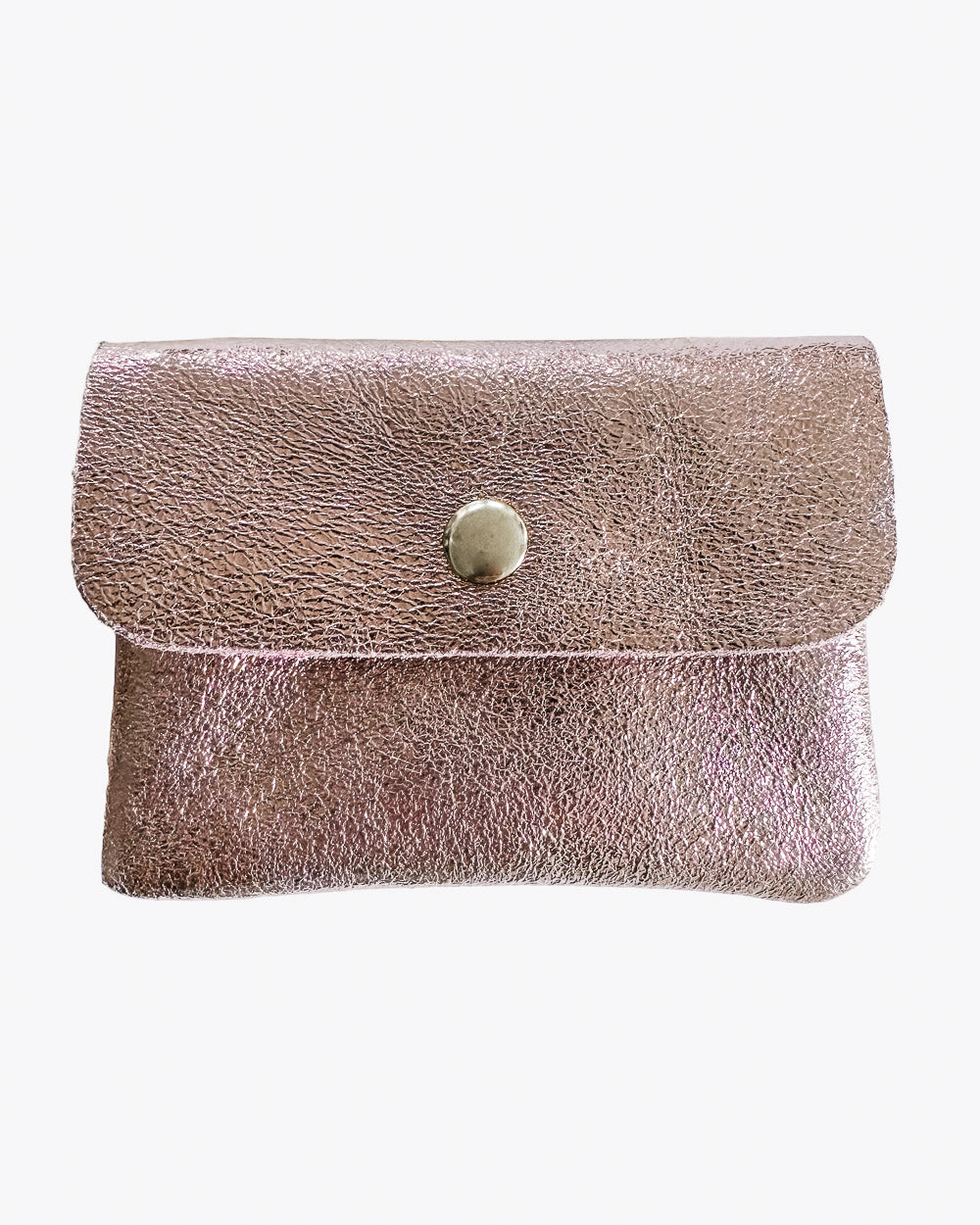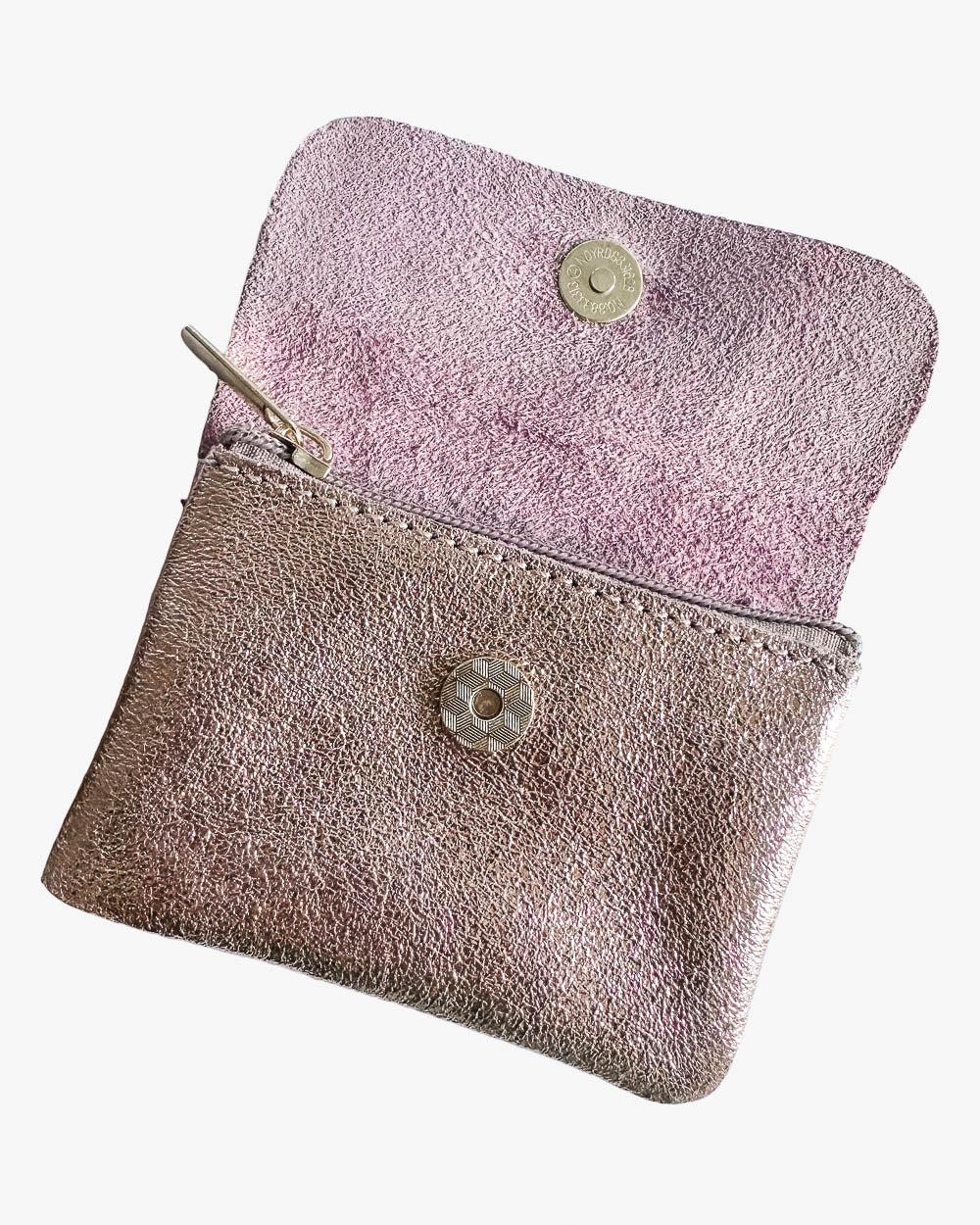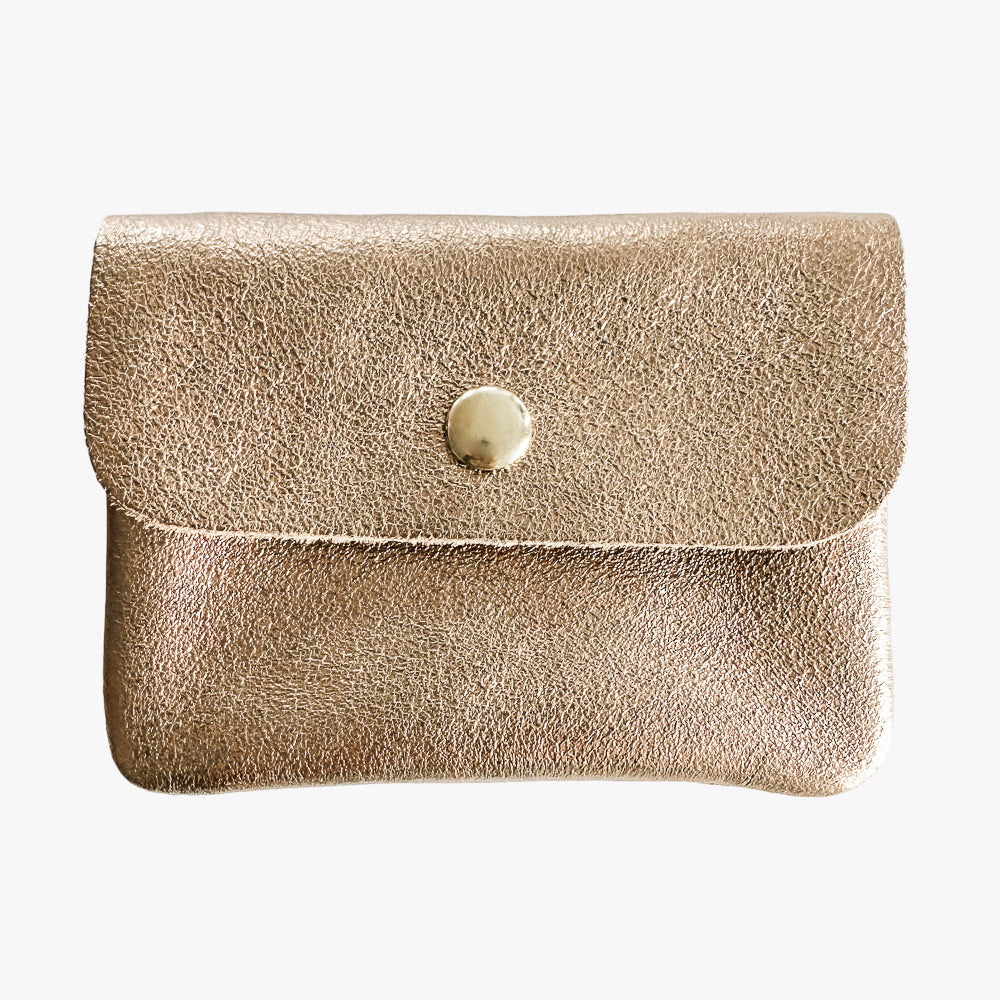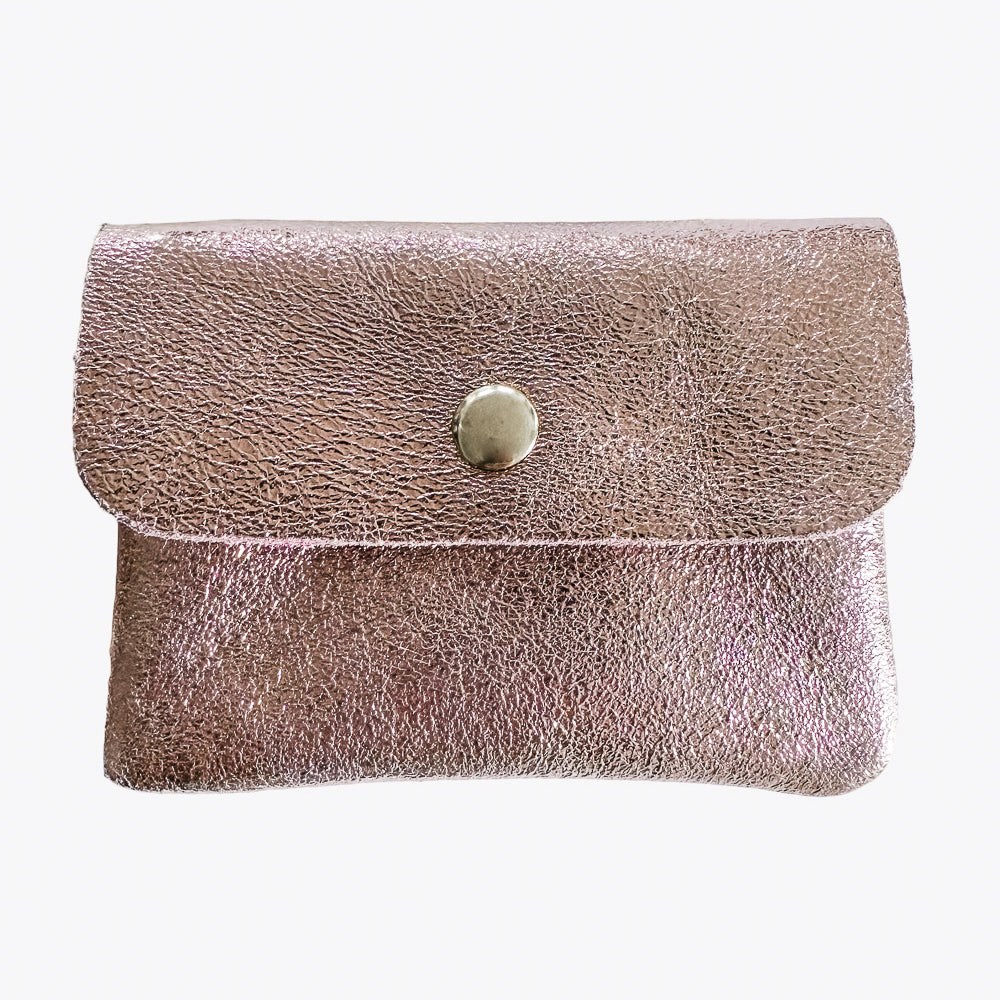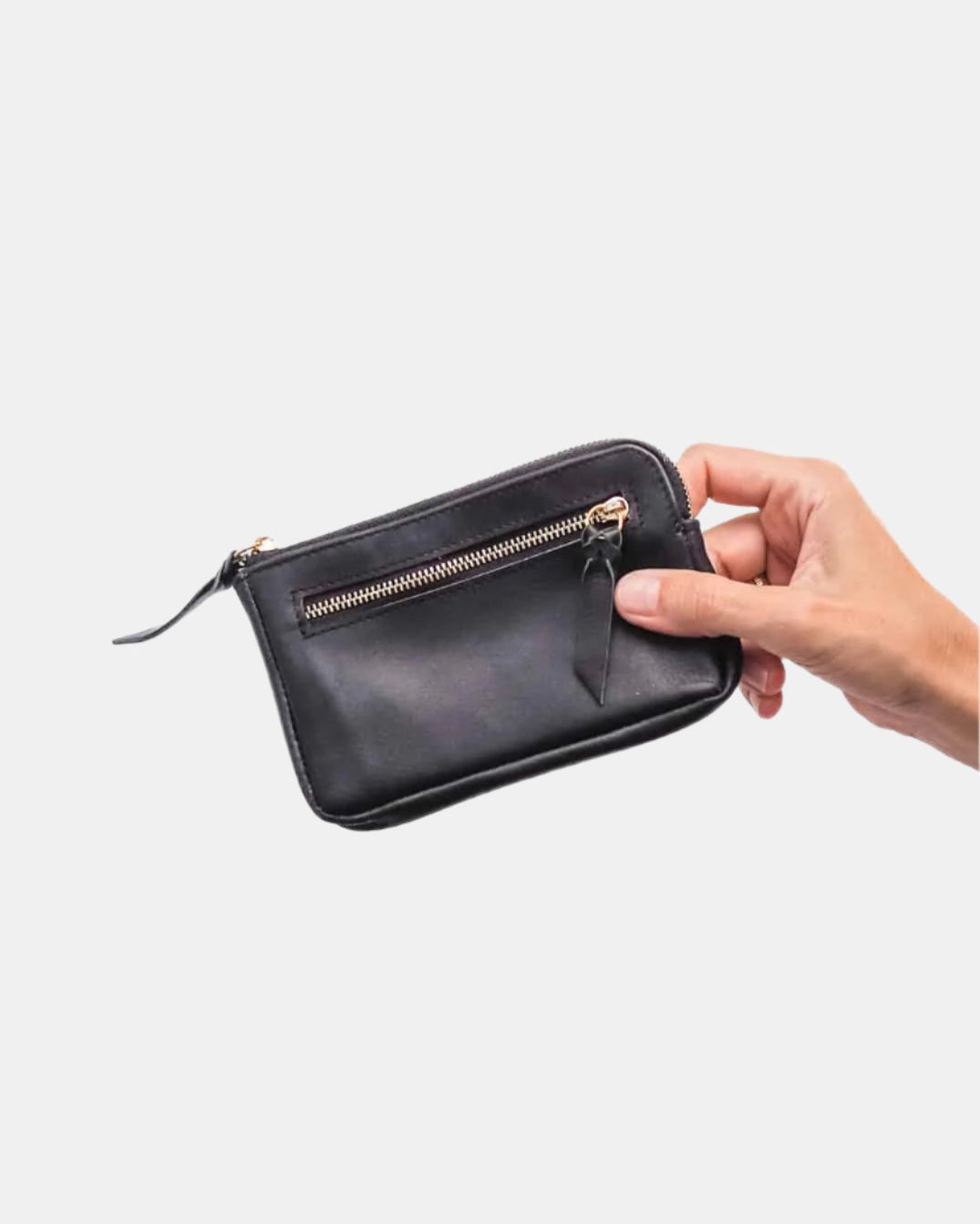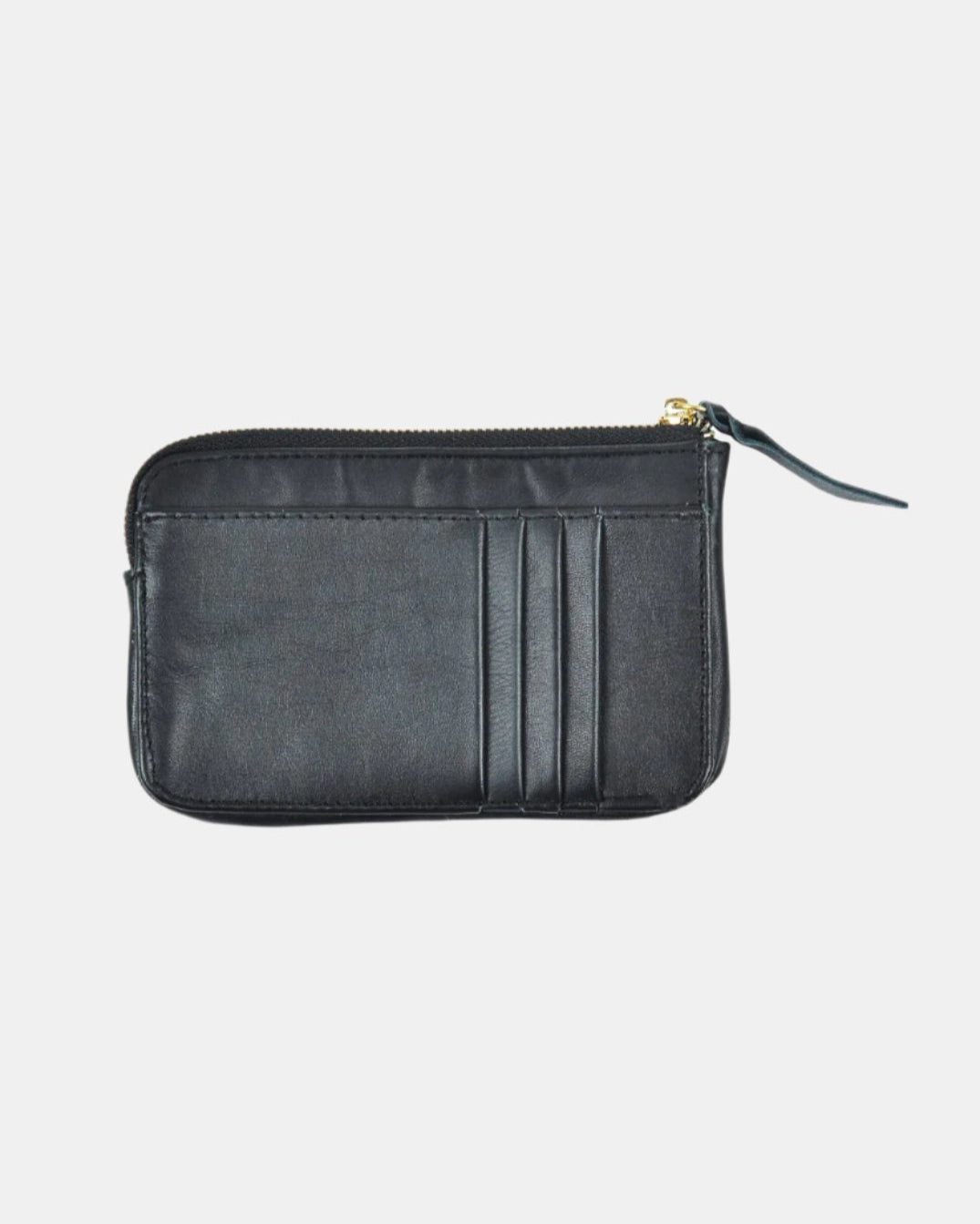Sustainability will be the top issue on the beach in 2025. More and more people are looking for sustainable beachwear alternatives that combine environmental awareness with style. But what exactly does sustainable beachwear mean, and why is this trend so important?
Sustainable beachwear focuses on recycled materials, fair production, and durable design. In this article, we present the 7 best sustainable beachwear trends for 2025 and show how they combine a fashionable statement with responsibility. Get inspired to take your summer look to the next level with sustainable swimwear.
Also check out our blog guide “Kimono vs. Kaftan vs. Pareo vs. Bath Poncho” for more tips on choosing your perfect beachwear style.
What makes beachwear truly sustainable?
Sustainability is at the heart of modern beachwear. But what truly defines sustainable collections? The answer lies in materials, production, packaging, and durability. For those who want to delve deeper into the differences between individual beachwear styles, we recommend our blog guide “Kimono vs. Kaftan vs. Pareo vs. Bath Poncho”.
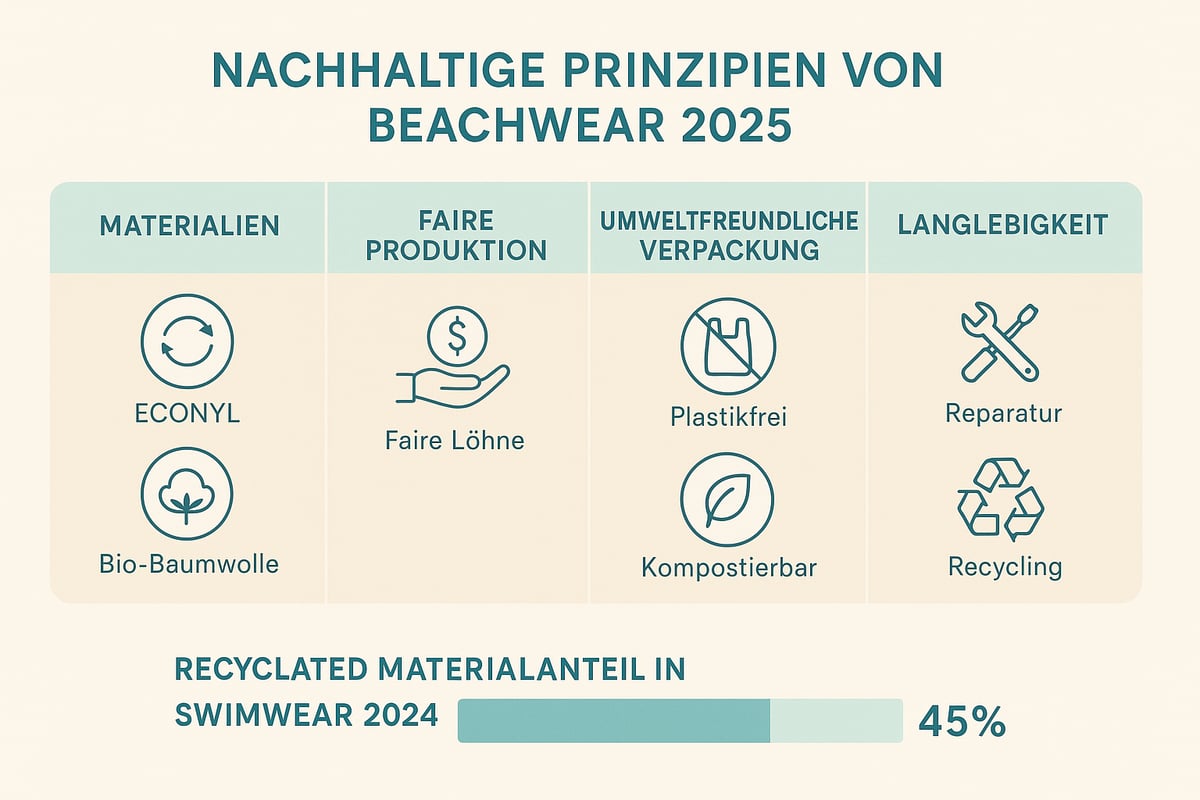
Materials & Innovations
Sustainable beachwear starts with the materials. Recycled fabrics like ECONYL or SEAQUAL, made from old fishing nets and ocean plastic, are particularly in demand. Organic cotton and TENCEL also score points for their low environmental impact. Certifications such as GOTS or OEKO-TEX guarantee that textiles are manufactured in an environmentally friendly and pollutant-free manner.
Advanced manufacturing processes, such as water- and energy-saving techniques, conserve resources. More and more brands are consciously opting for innovative fibers and transparent raw material sources. In 2024, the share of recycled materials in the swimwear industry already exceeded 30 percent. Those interested in learning more about the recycling of plastic waste can find further information there.
Fair production & transparency
Besides the fabrics, fair production plays a central role in sustainable beachwear. Fair working conditions throughout the entire supply chain are a must. Transparent communication about origin and manufacturing builds trust.
Many brands are committed to fair wages and the protection of workers' rights. According to the Fashion Revolution Report, the demand for transparency is constantly increasing. Consumers are now asking how and where their swimwear is made. This is setting new standards in the industry and contributing to sustainable development.
Environmentally friendly packaging & shipping
Sustainable beachwear doesn't end with the product itself. Environmentally friendly packaging is now standard practice for leading brands. Compostable or plastic-free wrapping significantly reduces waste. More and more brands are also offering climate-neutral shipping and offsetting CO2 emissions.
Best practices show that reusable packaging further minimizes packaging waste, thus keeping the ecological footprint small. Ordering sustainable beachwear is an active way to contribute to environmental protection.
Durability & Circular Economy
Sustainable beachwear stands for quality and durability. High-quality workmanship, repairability, and recycling options extend its lifespan. Secondhand and upcycling concepts are becoming increasingly popular and promote the circular economy. Choosing sustainable pieces makes an important contribution to conserving resources.
7 Best Sustainable Beachwear Trends for 2025
The fashion world is changing rapidly, and sustainable solutions are at the forefront. Sustainable beachwear will continue to shape the beaches in 2025. What trends can we expect, how do style and environmental awareness merge, and what makes sustainable swimwear so special? Discover the seven key trends that combine functionality, design, and responsibility.

1. Statement kimonos & versatile cover-ups
Kimonos and cover-ups are not just a fashion statement in 2025, but also a symbol of a sustainable lifestyle. They offer casual elegance, UV protection, and comfort. Oversized cuts, eye-catching prints, and gender-fluid designs that flatter every body type are especially popular.
Sustainable kimonos are made from linen, Tencel, or recycled fibers. Many labels use certified materials such as GOTS cotton or OEKO-TEX®-certified fabrics. This combines sustainable production with fashionable style. Another plus: their versatility. Whether at the beach, as a light jacket in the city, or as loungewear – a sustainable kimono is a true all-rounder.
A comparison of the most popular cover-up styles:
| Style | Wearing comfort | Area of application |
|---|---|---|
| kimono | Light, flowing | Beach, City, Home |
| caftan | Loose, airy | Beach, Resort |
| Pareo | Variable, flexible | beach, pool |
| bath poncho | Cozy, practical | Beach, changing room |
Which style suits you best? You'll find all the information you need in our comprehensive blog guide, "Kimono vs. Kaftan vs. Pareo vs. Bath Poncho." For sustainable inspiration, also check out our article on discovering sustainable kimonos and ponchos .
By 2025, leading brands will focus on high-quality, durable materials and fair production. The result: sustainable beachwear with style and conscience.
2. Minimalist & Timeless Cuts
The trend towards minimalist, sustainable beachwear stands for a reduction to the essentials. Simple cuts, clean lines, and subtle colors like sand, cream, or black and white combinations are in demand. Timeless designs mean fewer fashion cycles – this saves resources and promotes longevity.
Minimalist swimwear impresses with its perfect fit and comfort. Many labels rely on sustainable materials such as ECONYL, recycled polyamides, or organic cotton. Certifications guarantee transparency and environmental compatibility. Studies show that minimalist swimwear is worn on average 50% longer than fast-fashion styles.
Another advantage: versatility. A classic swimsuit can be combined with a pareo or kimono, making it a versatile piece for both the beach and everyday life. Styling tips for different body types can be found in the blog guide "Kimono vs. Kaftan vs. Pareo vs. Bathing Poncho." This way, you can create a sustainable and individual look.
Less is more – this approach makes sustainable beachwear a long-lasting companion for many summers.
3. Multifunctional Pieces & Modular Beachwear
Flexibility will be key in 2025: sustainable beachwear will be modular and multifunctional. Bikinis and swimsuits with removable straps, adjustable cuts, or reversible designs will allow for individual styles. This means that numerous looks can be created from just a few pieces – ideal for minimalists, frequent travelers, and families.
Modular systems offer mix-and-match options: tops and bottoms can be combined, and colors and patterns can be varied. This reduces the number of individual items in the wardrobe and promotes sustainable consumption. Particularly practical examples include 2-in-1 swimsuits, reversible bikinis, and multifunctional cover-ups.
Sustainable, multifunctional beachwear is a must for a capsule wardrobe. It saves space, money, and resources. Many brands rely on robust, recycled materials that are durable and easy to care for.
Tip: In the blog guide "Kimono vs. Kaftan vs. Pareo vs. Bath Poncho" you'll find suggestions on how to stylishly combine multifunctional pieces. This way, sustainable beachwear becomes the centerpiece of your summer look.
4. Innovative materials: From marine plastic to algae fibers
Material innovation is at the heart of sustainable beachwear. By 2025, the focus will be on recycled ocean plastic (e.g., ECONYL, SEAQUAL), algae fibers, hemp, and bamboo. These fibers reduce the use of virgin plastic and minimize microplastics in the world's oceans.
Statistics show that by 2024, around 35% of sustainable swimwear will be made from recycled materials. Brands like MAIN Design and others are relying on innovative processes to conserve resources. Algae fibers score points with their low water consumption and natural breathability.
Another plus: The fabrics are comfortable to wear, UV-resistant, and durable. The current challenges lie in the scalability and cost of the new materials. But the trend is clear: More and more labels are investing in research and development to make sustainable beachwear even more environmentally friendly.
You can find more information on the topic of recycling in the blog guide “Kimono vs. Kaftan vs. Pareo vs. Bath Poncho”.
5. Gender neutral & inclusive beachwear
Body positivity and diversity are shaping the fashion world. By 2025, sustainable beachwear will be even more inclusive: unisex designs and gender-neutral fits will set new standards. Brands will offer a wide range of sizes, flexible cuts, and comfortable materials that flatter every body.
The advantage: more choice, less overproduction, and a stronger sense of community on the beach. According to industry reports, the demand for inclusive swimwear is steadily increasing. Sustainable beachwear takes individuality into account without compromising on quality or style.
Tips on choosing gender-neutral styles and further information can be found in the blog guide "Kimono vs. Kaftan vs. Pareo vs. Bath Poncho". This way you're guaranteed to find the perfect piece for you.
6. Local production & slow fashion
Sustainable beachwear will increasingly focus on local production in 2025. Regional manufacturing shortens transport routes, reduces CO2 emissions, and strengthens the local economy. Slow fashion labels from Europe and Switzerland demonstrate that quality and sustainability go hand in hand.
Short supply chains ensure transparency and fair working conditions. Many companies rely on certified materials and work closely with local suppliers. The focus is on durability rather than mass production.
For conscious consumers, locally produced sustainable beachwear is an attractive option. It supports regional value creation and represents sustainable style. Tips on integrating it into everyday life and combination possibilities can be found in the blog guide "Kimono vs. Kaftan vs. Pareo vs. Bath Poncho".
7. Upcycling & second-hand as trendsetters
Upcycling and secondhand clothing will be absolute trendsetters in sustainable beachwear in 2025. Creative labels are transforming old sails, jeans, or fishing nets into stylish swimwear. Secondhand platforms offer inspected, high-quality swimwear – this saves resources and reduces waste.
Advantages: Each piece is unique, and the ecological footprint is minimal. Hygiene and quality can be challenges, but many vendors rely on strict testing criteria. Those who want to shop sustainably will find practical tips for buying secondhand in the blog guide "Kimono vs. Kaftan vs. Pareo vs. Bath Poncho".
Upcycling and secondhand clothing make sustainable beachwear individual, responsible and innovative.
MAIN Design: Sustainable swimwear with impact
By 2025, MAIN Design will be synonymous with sustainable innovation and responsible production in the world of sustainable beachwear. The Swiss label combines design expertise with a clear commitment to environmental and social responsibility.
Whether it's women's collections, kimonos, or children's swimwear made from recycled materials , MAIN Design focuses on sustainable materials and resource-conserving processes. The company is particularly committed to this cause, donating 1% of its online sales to Healthy Seas to actively contribute to ocean conservation.
The unique selling points are compelling: minimalist and stylish sustainable beachwear, UPF 50+ sun protection for children, high quality, and fast delivery in Switzerland. Women, families, and anyone who values environmental awareness will find a diverse range and real added value for everyday life here.
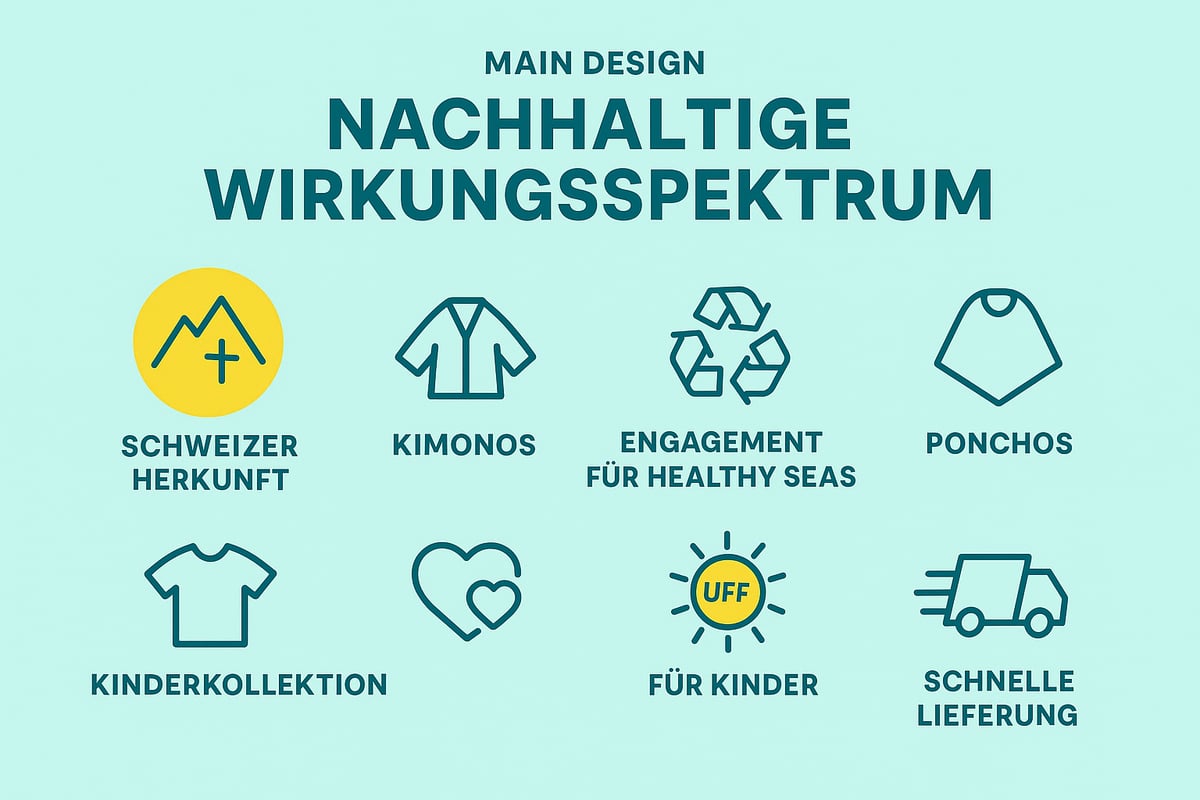
Styling tips: How to combine sustainable beachwear in 2025
The perfect beach look is created through creative combinations, high-quality materials, and clever accessories. With the right styling tips, sustainable beachwear becomes a real eye-catcher – on the beach and beyond. Discover now how you can stylishly and individually incorporate sustainable trends into your 2025 look.

Layering & Accessories
When styling kimonos, kaftans, pareos, and bath ponchos, versatility is key. Combine different layers for a modern, individual look. Especially popular: lightweight kimonos made from sustainable fibers, paired with minimalist swimsuits.
Trendy accessories like straw hats, raffia bags, or sustainable jewelry add a touch of style and accentuate your look. In 2025, soft natural tones will dominate, contrasted with classic black and white combinations and subtle prints. Those looking for a sporty look will find inspiration in the eco-friendly activewear collection , which pairs perfectly with sustainable beachwear.
Experiment with patterns and materials to add more depth and personality to your beach look.
From beach to city: Versatile in everyday life
Sustainable beachwear isn't just for the beach; it can also be effortlessly integrated into everyday outfits. A breezy kaftan paired with denim shorts and sustainable sneakers makes a stylish urban statement.
Bath ponchos and pareos are ideal as light covers for café visits or strolls around town. Combine them with sustainable sandals or sneakers to create a relaxed yet stylish look. This makes sustainable beachwear the perfect choice for anyone who wants to combine fashion and environmental awareness in their everyday life.
With just a few simple steps, a versatile style is created that combines functionality and trend awareness.
Care & Longevity
Proper care is crucial to ensure that sustainable beachwear lasts a long time. Wash sustainable materials in cold water whenever possible and use gentle detergents to protect the fibers. Air drying instead of tumble drying will further extend its lifespan.
Minor damage can often be repaired easily – so your favorite piece lasts for many seasons. Those with a creative streak can even start upcycling projects from old beachwear. With these tips, sustainable beachwear stays not only beautiful, but also sustainable.
Pay attention to the manufacturer's care instructions and focus on quality rather than quantity.
Internal linking: Kimono vs. Kaftan vs. Pareo vs. Bath poncho
Are you unsure which beachwear piece suits you best? Our comprehensive blog guide – Kimono vs. Kaftan vs. Pareo vs. Bath Poncho – will help you make the perfect choice for your style and occasion.
Here you'll find detailed comparisons, styling ideas, and tips for choosing sustainable materials. The internal linking makes it even easier to navigate the topic of sustainable beachwear.
Get inspired and find your new favorite look for 2025.
Sustainable beachwear today means far more than just eco-friendly materials – it stands for innovative designs, responsible production, and timeless style. If the trends for 2025 have inspired you and you'd like to make a statement for greater sustainability and quality on the beach, then feel free to browse further. Be inspired by the diverse collections for women and children – each piece combines minimalist design, durability, and a commitment to ocean conservation. Discover even more here and find your perfect beach look:
Discover more



